P.S. This is a lengthy one, so if you’re reading this in your email, I suggest you click on the banner above and continue reading it on your Desktop or through the Substack App
Hey Classic Film Fans,
2024 was another hectic year for me, movie-wise, and I watched a lot of great films. Out of the 466 movies I saw, I compiled a list of 121 favorite new-to-me discoveries. To include every film would turn this into a novella, so I’ve narrowed it down to 68—featuring a mix of lesser-known gems I loved (according to film popularity on Letterboxd) and a few films I couldn’t resist mentioning. I’ve also excluded any films I wrote about in my favorite new-to-me discoveries for January and February 2024. Check those out for even more recommendations if you haven’t already done so. And, of course, if you want to see the complete list, I’ve compiled all 121 films here.
So, without further ado (in alphabetical order):
23 PACES TO BAKER STREET (1956)
A murder mystery thriller that blends Rear Window (1954) and Wait Until Dark (1967), set against the streets of London. Vera Miles is a vision in color.
99 RIVER STREET (1953)
Watching this film feels like reading a dusty, weathered pulp crime novel you stumble upon at a thrift store for ten cents—and I loved every minute of it. Evelyn Keyes also delivers one of the sexiest seduction scenes in all of noir.
ACT OF VIOLENCE (1948)
This is one of the best noirs I’ve ever seen—an unflinching, haunting portrayal of how the shadows of war can follow veterans home, leaving them to wrestle with the price of their past sins.
ALIAS NICK BEAL (1949)
A film noir allegory about a righteous politician (Thomas Mitchell) seduced by the Devil (Ray Milland), with dark supernatural undertones. Need I say more?
ANGELS WITH DIRTY FACES (1938)
James Cagney is at the peak of his powers as a streetwise gangster torn between loyalty and redemption. The film also features Pat O’Brien, Ann Sheridan, the Dead End Kids, and a pre-Sam Spade Humphrey Bogart. It’s an essential Warner Bros. gangster film with a chilling finale.
AN AUTUMN AFTERNOON (1962)
I also learned my greatest life lessons while having alcoholic beverages with the ol' Professor. Chishū Ryū possesses one of the most remarkable faces in all of cinema. A witty, sincere, and nostalgic final outing from one of Japan’s greatest filmmakers, Yasujirō Ozu.
THE BEAST MUST DIE (1952)
A gritty, melodramatic whodunnit turned revenge noir about a crime writer determined to find the killer of his child. Told primarily in one extended flashback, the film delves into the haunting question: Is revenge truly as sweet as it seems? Another outstanding restoration of an Argentine noir by the Film Noir Foundation and UCLA Film & Television Archive.
BELLS ARE RINGING (1960)
My favorite musical I watched in 2024, and without a doubt, my favorite Judy Holliday performance. Dean Martin is also perfect. A song in this film called 'Drop That Name' was practically written for every classic film fan. I can’t get enough of this film—I’m grinning from ear to ear just thinking about it. Honestly, I’ll probably put it on after finishing this newsletter!
THE BIG COUNTRY (1958)
Everything about The Big Country is as grandiose as its title suggests: the stellar performances, the breathtaking open landscapes captured by Franz F. Planer, Wyler’s meticulous direction, the intricately woven script, and the Oscar-nominated, sweeping score by Jerome Moross. This is a must-watch if you love Westerns as much as I do.
THE BIG PARADE (1925)
In this silent war epic, King Vidor masterfully combines intimate camaraderie and romance with the brutal realities of WWI. I don’t know how anyone could watch this in 1925 and, just over a decade later, decide another world war was needed.
BLACK GRAVEL (1961)
If you like your noir pitch black and sweetness-free, this film is for you. After watching it, I felt like I needed to shower to wash off the grimy, dark feeling it left behind.
BLAST OF SILENCE (1961)
A new favorite noir to watch around Christmas time. Made on a budget of just $20,000 ($212,000 in 2024, adjusted for inflation), its unique second-person voice-over narration shows nothing is scarier than traveling alone to the big city for work during the holidays. I mean, how hard can it be to carry out a hit?
BODY AND SOUL (1947)
A career-defining performance by John Garfield as a boxer torn between ambition and corruption. In true Abraham Polonsky fashion, it's a brutal indictment of capitalism, portrayed through the gritty, grimy inner workings of the fight game.
CAPE FEAR (1962)
Robert Mitchum is one of my all-time favorite actors, and this might be his best performance. He was ahead of his time in every way. I love Scorsese and will watch his remake one day, but I highly doubt it can top this one.
THE CAPTIVE HEART (1946)
One of the first films about British POWs, filmed at an actual POW camp in Germany shortly after the end of the war, The Captive Heart, tells the story of a POW (Michael Redgrave) who assumes the identity of a dead POW to survive. To maintain the charade, he must send letters to the deceased man's wife. It’s brilliantly constructed and filled with a ton of heart and passion.
CASH ON DEMAND (1961)
There’s nothing quite like spreading Christmas cheer… by robbing a bank. A noir-infused A Christmas Carol, anchored by the stellar performances of Peter Cushing and André Morell, playing an intense game of 4-D chess against one another.
THE CAT AND THE CANARY (1927)
Often considered one of the first 'Old Dark House' genre films (many earlier ones are now lost), it boasts impressive visual effects and inventive intertitles, unlike anything I’ve seen before (though I’m still a puppy when it comes to silent films). It reminded me of watching Scooby-Doo after school as a kid—cheesy villain and cowardly hero included.
CAUGHT (1949)
Max Ophüls' camerawork is as smooth as a knife through warm butter. In one scene, Barbara Bel-Geddes walks back and forth between Robert Ryan and James Mason, making it look like they're playing a ping-pong match with Bel-Geddes as the ball. It's one of my favorite scenes I watched in 2024.
CHRISTMAS IN JULY (1940)
A quick and breezy Sturges comedy about an avid dreamer who mistakenly believes he’s won $25,000 and decides to give back to those around him. The film is based on an unproduced 1931 play by Sturges, so many Depression-era jokes are scattered throughout. Also, Dick Powell and Ellen Drew are adorable together.
THE CLOUD-CAPPED STAR (1960)
This is one of the most underrated films in the Criterion Collection. The deep familial pressure our protagonist faces to support her parents and siblings is highly relatable, especially as the son of immigrants. It’s a poignant exploration of sacrifice, responsibility, and the emotional toll of being the family's backbone.
DAY OF THE OUTLAW (1959)
It begins like any typical Western, only to zag about 15 minutes in and become a psychological study of humans under duress. Can we maintain our core values when pushed to the brink in a harsh and lawless land? Fantastic performance from Robert Ryan as he turns from a vengeful rancher to a reluctant hero.
DAY OF THE WRATH (1943)
Like stepping into a Rembrandt painting, this film’s slow, deliberate movements and oppressive atmosphere—punctuated by Lisbeth Movin's devilish, ambiguous face—create an unsettling tension that keeps you teetering on the edge, as though you're moments away from plunging into the fiery depths of hell.
DETECTIVE STORY (1951)
Viewing the world in black and white is simple—until life forces you to confront its gray areas. The film, based on a stage play set in a police station over one long night, is elevated by strong performances and a sharp script, making it an engrossing watch.
DRIVE A CROOKED ROAD (1954)
Mickey Rooney delivers a terrific performance as a gullible, lonely sap who falls prey to a classic femme fatale, desperate to enlist his driving skills to help pull off a bank heist. His performance is so compelling that I could only think of this sports meme by the film's end.
ELMER GANTRY (1960)
A powerful look at how religion can be used for personal power and gain. It also takes a swipe at our obsession with celebrities and how we project our ideals onto them, ignoring that they’re flawed humans like the rest of us. Burt Lancaster earned an Academy Award for portraying the titular character. Oh, and it’s shot by the legendary noir cinematographer John Alton.
GASLIGHT (1944)
The final monologue Ingrid Bergman delivers means everything to me—it’s her second-best performance, just behind Notorious (1946).
GENTLEMAN JIM (1942)
This was my first Errol Flynn film. Flynn is great, but what I love most about this film is how Walsh directs the fights. He uses wide shots of the crowd to immerse us in the action. Walsh also includes close-ups of Flynn's footwork, showing that boxing is as much about agility and technique as strength—reminiscent of Kurosawa’s close-ups of horses' hooves during battle in Seven Samurai (1954).
GET CARTER (1971)
As someone who grew up as a fan of Nolan’s Dark Knight Trilogy, my eyes couldn’t believe what I was watching Alfred Pennyworth do on-screen. A relentless neo-noir that is best watched at midnight when the kids are asleep.
THE HANGING TREE (1959)
Sometimes, you watch a movie that reminds you again of why you fell in love with them in the first place. Impossible for me to write about this without spoiling some pivotal plot points, so I’ll leave it there.
HANGOVER SQUARE (1945)
I mean this as a compliment, but I can’t stand Linda Darnell’s character in this film. In other words, she’s excellent—just like Laird Cregar and George Sanders. This gothic noir has one of the coolest, wildest endings I saw all last year, and Bernard Herrmann’s hauntingly beautiful Concerto Macabre playing over it makes it even more unforgettable.
HIGH NOON (1952)
A taut, suspenseful western that redefines the genre with its real-time storytelling and powerful performances. It’s impossible to watch without thinking about the McCarthy-era HUAC (House Un-American Activities Committee) trials and the broader atmosphere of political fear and repression of the time.
HOLLYWOOD (1980)
I don’t think I’ll get much pushback calling this the best documentary ever made about the establishment and development of Hollywood. It’s a must-watch, a rite of passage for every cinephile.
Watch on the Internet Archive Now
THE INVISIBLE MAN (1933)
Claude Rains playing a maniacal, mischievous, and power-hungry scientist is so much fun. The way he’s able to inflect his voice to show the duality of his character makes me wish he had done The Lord of the Rings audiobook.
ISLE OF THE DEAD (1945)
This is my favorite Val Lewton production so far. What I love about Lewton's productions is that he doesn't resort to any of the typical cheap horror tricks; his horror solely relies on the fear of the unknown, and those stories have always unsettled me the most. If you're still working through some pandemic trauma or have taphophobia, I probably would not watch this.
JUDGEMENT AT NUREMBERG (1961)
The older I get, the more I relate to Spencer Tracy’s character in this film. I watched it the same day as another film later on this list, and by the end, I was not proud to be part of the human race.
JULES AND JIM (1962)
Of all the filmmakers who emerged from the French New Wave, Truffaut resonates with me the most. His direction and the fluidity with which he moves the camera through space make his films feel so modern. This sense of freedom infuses his work with a youthful energy that’s captivating and magnetic, pulling you into the story and its characters. Jules and Jim is no exception, with its raw portrayal of love, friendship, and loss. Jeanne Moreau is perfect.
KEY LARGO (1948)
2024 was the year I completed my Bogie-Bacall journey, and Key Largo is by far my favorite, even if the ending mirrors The Breaking Point (1950). The first shot of Edward G. Robinson in a bathtub, smoking a cigar, and reading a newspaper will forever be ingrained in my mind.
LA NOTTE (1961)
Technically, this pick represents all three films in Antonioni’s unofficial trilogy: L'Avventura (1960)(which I wrote about here), La Notte (1961), and L'Eclisse (1962). Each of these films is superb. Antonioni’s masterful use of space and silence in these three films captures the growing emotional distance between the characters, making them poignant meditations on the emptiness that can define human connection.
THE LEOPARD (1963)
I have always been captivated by sweeping historical epics about the inevitable passage of time and the melancholic fading of culture and tradition. This is one of the most beautiful I’ve ever seen.
LIBELED LADY (1936)
I will never forgive MGM for leaving a pillow fight between William Powell and Myrna Loy on the cutting room floor, but the fishing scene almost makes up for it.
THE LINEUP (1958)
The film begins as a typical 1950s made-for-TV police procedural (think Dragnet) but soon evolves into a haunting character study of Eli Wallach’s Dancer, a psychopathic enforcer whose primal instincts and insatiable thirst for violence are unconstrained by duty, law, or moral code. The movie features an incredible car chase sequence and captures breathtaking shots of a San Francisco that no longer exists.
MAGIC TOWN (1947)
Released just a year after It’s a Wonderful Life (1946), the film shares many of Frank Capra's signature themes, including the conflict between personal ambition and the greater good, since his frequent collaborator Robert Riskin wrote this film's script. But the movie's real highlight is Jane Wyman, whose large, expressive eyes lock with James Stewart's in a way that says everything. That’s all a guy could ask for. Oh, and there’s a scene where they play basketball, with Stewart sinking a sky hook like he’s Wilt Chamberlain.
THE MAJOR AND THE MINOR (1942)
Even in his Hollywood directorial debut, Billy Wilder’s signature hallmarks are already on display: witty dialogue, sharp satire (this time aimed at the U.S. military), masquerades, taboo subjects, and his distinctive narrative structure. His masterful knack for setting up a joke in the first act and delivering the punchline in the third is also on full display. And I still can’t figure out how Ginger Rogers portrayed a 12-year-old convincingly, but somehow, she pulls it off.
THE NAKED KISS (1964)
It’s not the last Samuel Fuller film on this list. Constance Towers delivers a tour-de-force performance as a former call girl who can’t escape her past, even after moving to a new town and starting a new job. One scene in particular took me entirely by surprise.
NEVER OPEN THAT DOOR (1952)
A unique Argentine film noir anthology, preserved by the Film Noir Foundation and restored by the UCLA Film & Television Archive, draws inspiration from two Cornell Woolrich stories: Somebody on the Phone and The Hummingbird Comes Home. Of the two, my favorite is the latter, which features a suspenseful sequence that is practically an eight-minute silent film. It’s so expertly crafted that it would even make the Master of Suspense blush.
NIGHT MOVES (1975)
This neo-noir has the best needle drop of any movie I watched this past year: Hector Lavoe’s El Dia de Mi Suerte. The ending is perfect.
ODDS AGAINST TOMORROW (1959)
Alternate title: Metaphors Against Tomorrow. A noir that remains as relevant as it was in 1959 about three criminals of different backgrounds, united by a heist that quickly unravels into betrayal and tragedy.
PATHER PANCHALI (1959)
It’s remarkable how sensitive and honed Satyajit Ray‘s eye is already in his directorial debut. With his attention to detail and gentle framing, it’s impossible not to feel the empathy and love he has for his characters—and that of the characters for him.
POINT BLANK (1967)
This unflinching, gritty neo-noir follows a vengeful antihero on a mission to reclaim his stolen money. It blurs the lines between justice and obsession in a fractured, brutal world. I was mesmerized by the stylistic visual flourishes throughout.
PORT OF SHADOWS (1938)
Initially banned in 1939 for being 'immoral, depressing, and detrimental to young people,' Port of Shadows is the perfect film for a cynic’s heart: daringly dark, gritty, fatalistic, mysterious, and melancholic. If bleak, doomed romances are your bread and butter, it doesn’t get much better than this.
THE QUEEN OF SPADES (1949)
Anchored by a sublime performance from Anton Walbrook, Queen of Spades is a powerful meditation on obsession, ambition, and the eternal struggle between good and evil. Like another of my favorites, The Innocents (1960), it’s a slow burn, but once you hit the one-hour mark, be prepared for a combination of some of the most cursed visuals, editing, and sound design you've ever experienced.
RIDE LONESOME (1959)
This is my favorite of the Budd Boetticher-Randolph Scott collaborations, and it might just have the meanest streak of them all. Scott’s character is no saint. I love the final shot.
ROAD HOUSE (1948)
Ida Lupino delivers one of the most brutal slaps I’ve ever seen committed to celluloid, and that alone should convince you to watch this excellent noir.
THE ROARING TWENTIES (1939)
Many consider this the film that marks the end of the tragic gangster films Warner Bros. was known for in the 1930s. James Cagney delivers an incredibly nuanced performance, brought to life by Raoul Walsh's vivid direction. It’s easy to see how this film influenced directors like Scorsese and De Palma, and it boasts a beautifully poetic ending.
ROCCO AND HIS BROTHERS (1960)
How can someone born into the same family, taught the same values, and raised in the same setting fall so far from the tree? The climax is so excruciatingly painful, made all the more potent by Visconti’s masterful storytelling leading up to it. Aside from Antonioni’s unofficial trilogy mentioned above, this may be the most visually stunning B&W film I’ve ever seen.
SECONDS (1966)
Rock Hudson’s performances have often felt a bit one-note to me, but that’s not the case here. In Seconds, he delivers the best performance of his career, making me question whether Hollywood wasted his talent by confining him to romantic comedies and dramas for most of his career. However, the film's true star is James Wong Howe’s cinematography.
SHOCK CORRIDOR (1963)
The other Fuller film on this list, Shock Corridor, lays bare America’s fractures, exposing unhealed wounds that feel as raw as they did sixty years ago. It remains a potent warning about the dangerous cycles of rage and hate we are unwilling to break.
THE SIGN OF THE CROSS (1932)
Claudette Colbert takes a nude milk bath. There’s a lesbian seduction dance at an orgy. An elephant smashes a head, a naked woman gets eaten by crocodiles, and there’s religious blasphemy and persecution; in other words, Pre-Code excellence.
THE SMALL BACK ROOM (1949)
Much more grounded and tighter than the masterworks from Powell & Pressburger that came before it. A bomb-defusing sequence toward the end is a standout moment.
STORY OF G.I. JOE (1945)
The Story of G.I. Joe propelled Robert Mitchum into stardom and garnered his only Academy Award nomination. Directed by William A. Wellman, it emphasizes the relationships built between the company's soldiers and their resilience in enduring all the tragedies that war harbors.
THE SUSPECT (1944)
One of noir’s masters, Robert Siodmak, brought his talents to the cobbled streets and quaint settings of Edwardian London in 1944. Charles Laughton’s performance as an unhappily married man on the verge of offing his pesky wife is elevated by Siodmak’s superb direction, with tension-building shot compositions that keep you on the edge of your seat.
THEY SHOOT HORSES, DON’T THEY? (1969)
I paired this film with Judgment at Nuremberg (1961) for a same-day double bill—a terrible mistake. They Shoot Horses, Don’t They? is a haunting portrayal of broken dreams and a powerful commentary on the dehumanizing effects of American capitalism and society’s insatiable hunger for spectacle. One day, I’ll program a double bill of these two films so others can experience the same gut punch I felt that day.
TOO LATE FOR TEARS (1949)
I’ve wanted to watch this for a while after Guillermo del Toro recommended it during the Nightmare Alley press junket, and it did not disappoint. This sordid noir tale of ambition, greed, and treachery perfectly captures America’s obsession with materialism, with Lizabeth Scott delivering a superb performance as the character of Jane Palmer.
UNCLE YANCO (1967)
Believe in the transformative power of art and the human connections it creates.
WAY DOWN EAST (1920)
I was surprised by how many proto-noir characteristics this film has: a woman’s rapid ascent from rags to riches, a homme fatale, a woman unable to escape her past, inner psychological turmoil, and a swift downfall. I’m still working through Lillian Gish’s filmography, but did she ever play a role where she was treated like the angel she was? This film also features a famous ice-floe sequence, shot on location during an actual blizzard. I’m glad SAG-AFTRA exists now.
WESTWARD THE WOMEN (1951)
Westward the Women is a beautiful Western about perseverance and women’s empowerment. Everything that can go wrong does, as these women make the arduous trek to California to meet their future partners. Yet, in true William A. Wellman style, they overcome every obstacle through the strength of their bonds and as a community.
WOMAN ON THE RUN (1950)
Who knew all you needed was to witness a murder, get shot at twice, and become a fugitive from the law to save your marriage? It’s a fantastic San Francisco-based noir starring the talented Ann Sheridan and the rugged Dennis O’Keefe, saved by the Film Noir Foundation. It has a thrilling climax involving a roller coaster and one of my favorite noir posters.
A WOMAN’S FACE (1938)
I watched this as part of my journey through the excellent Ingrid Bergman’s Swedish Years Eclipse Series box set from the Criterion Collection. It was a revelation and highlighted how multifaceted and talented Bergman was, even at the start of her career. My favorite of the set, A Woman’s Face (1938), features Bergman in an atypical villain role—the leader of a blackmail gang who is given a second chance at life. It profoundly reflects how societal pressures and norms shape our actions and self-perception, particularly the experiences of women.
If you've made it this far in the newsletter, thank you! I hope you found at least one movie to add to your watchlist this year. What were some of your favorite classic film first-time watches this year? Let me know in the comments below! In the meantime, feel free to follow me on Letterboxd to stay up-to-date with what I’m watching. I’ll be back in February to share my experience attending my first Noir City Film Festival!
Until then, stay safe, be kind to yourself, and continue watching great films! Thanks for reading!




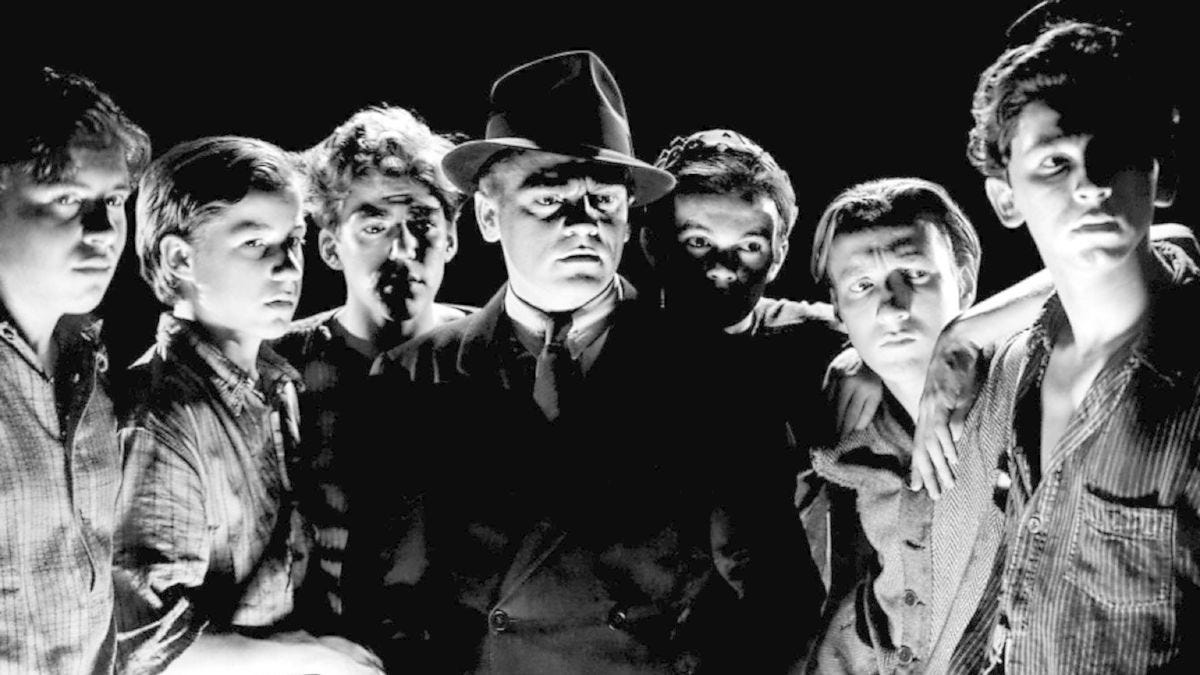
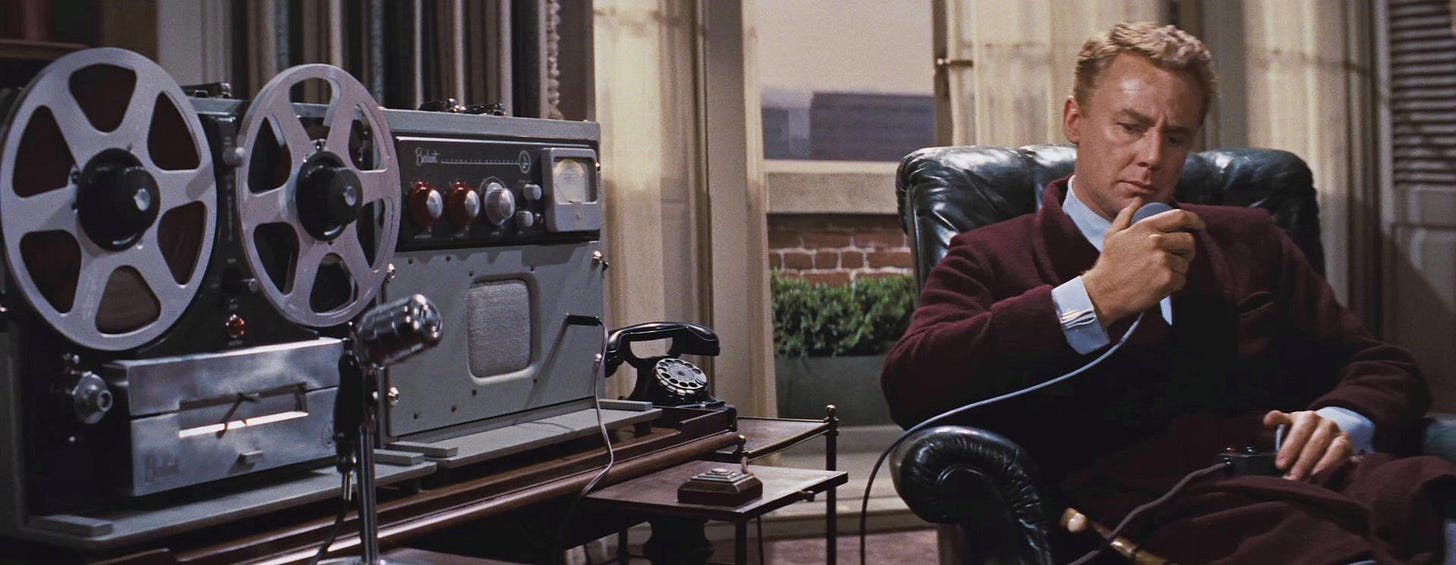
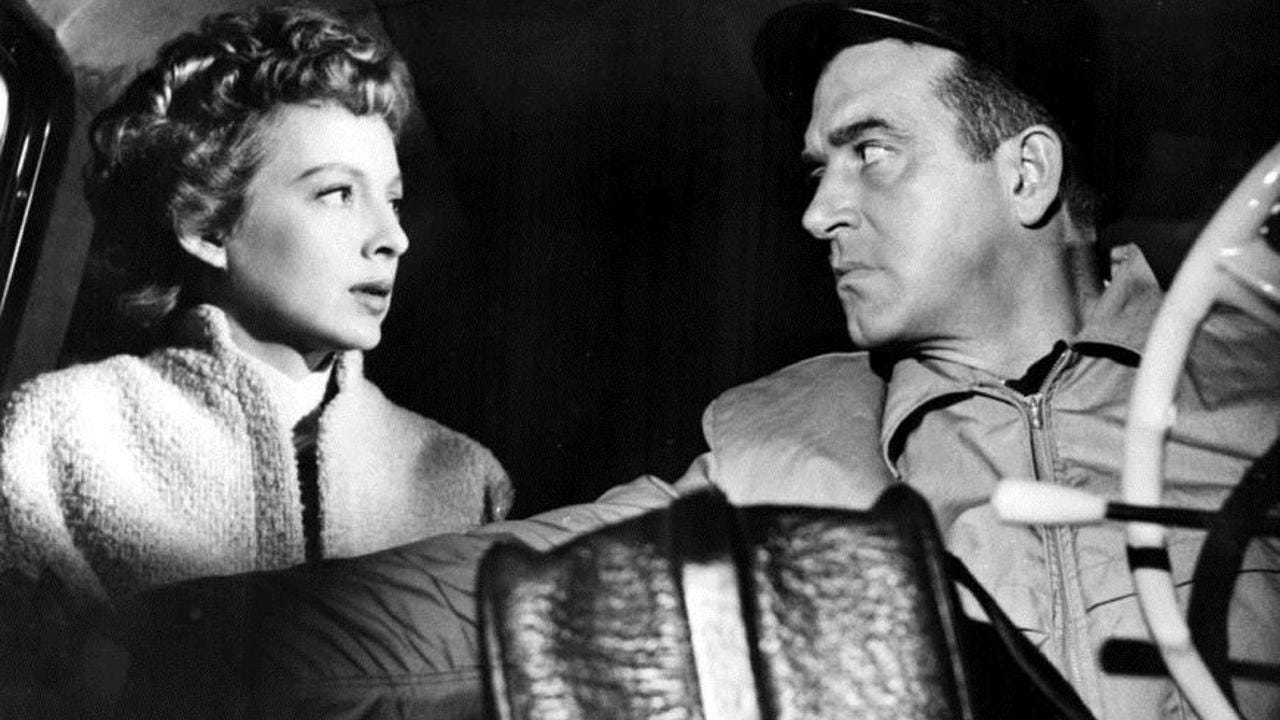
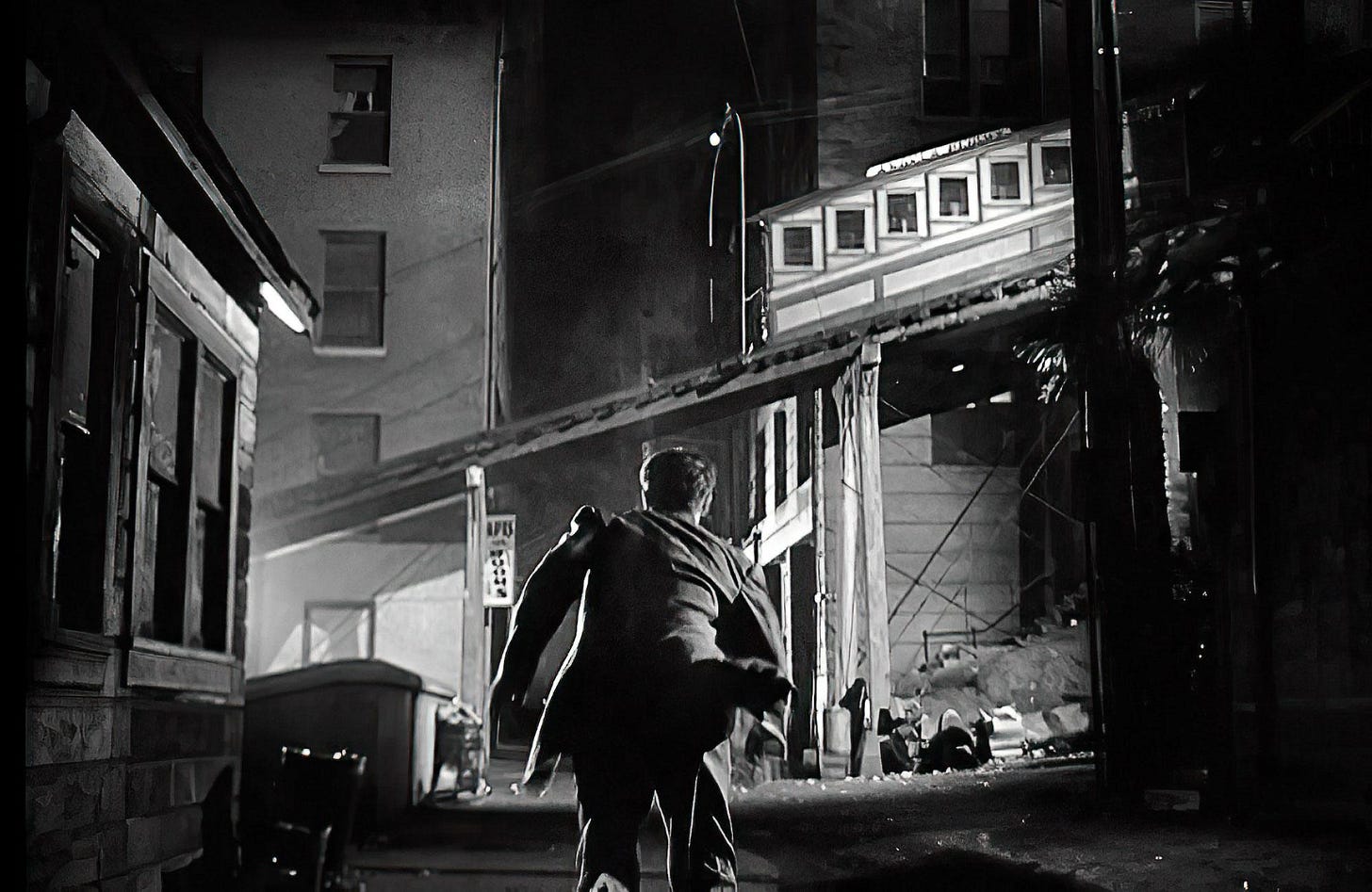


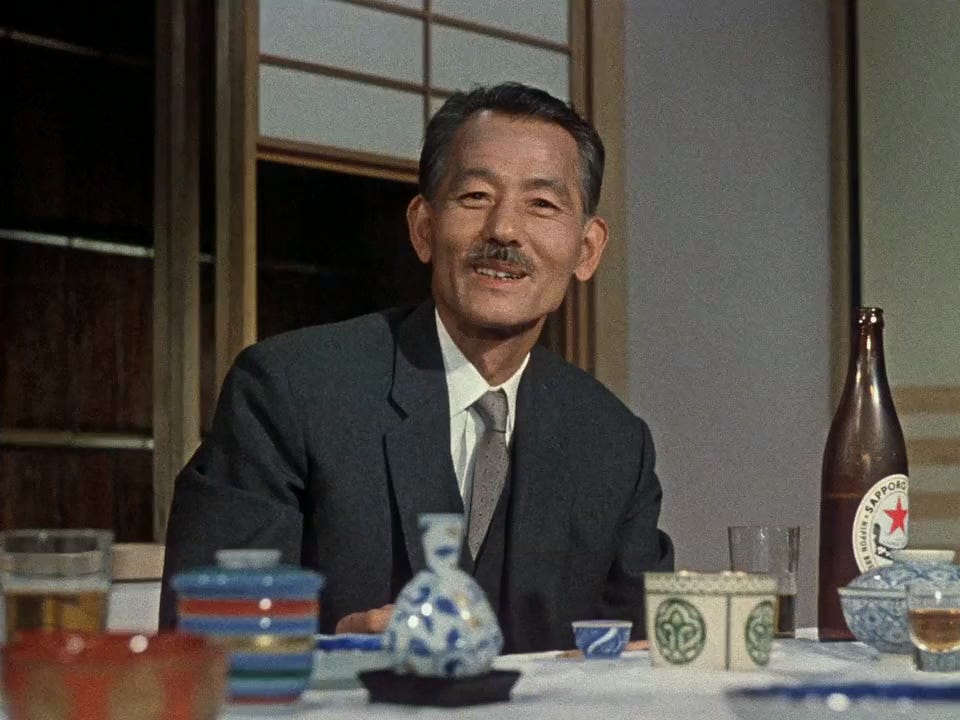
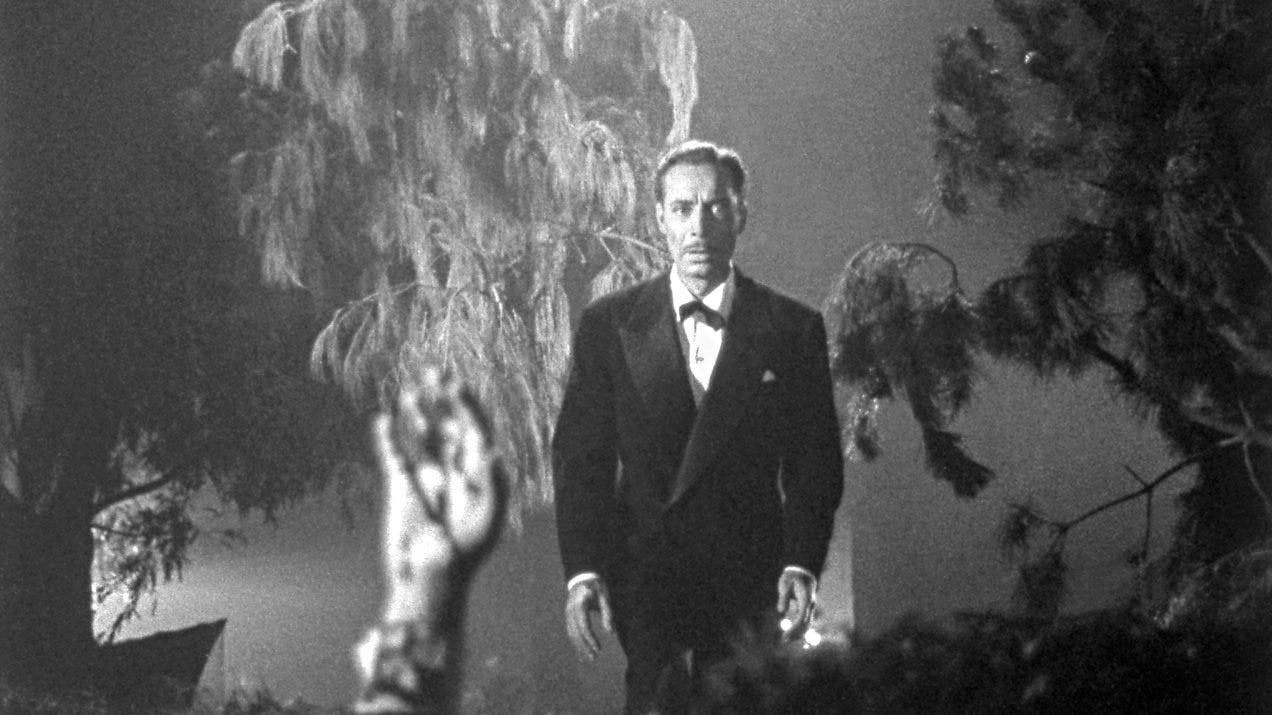
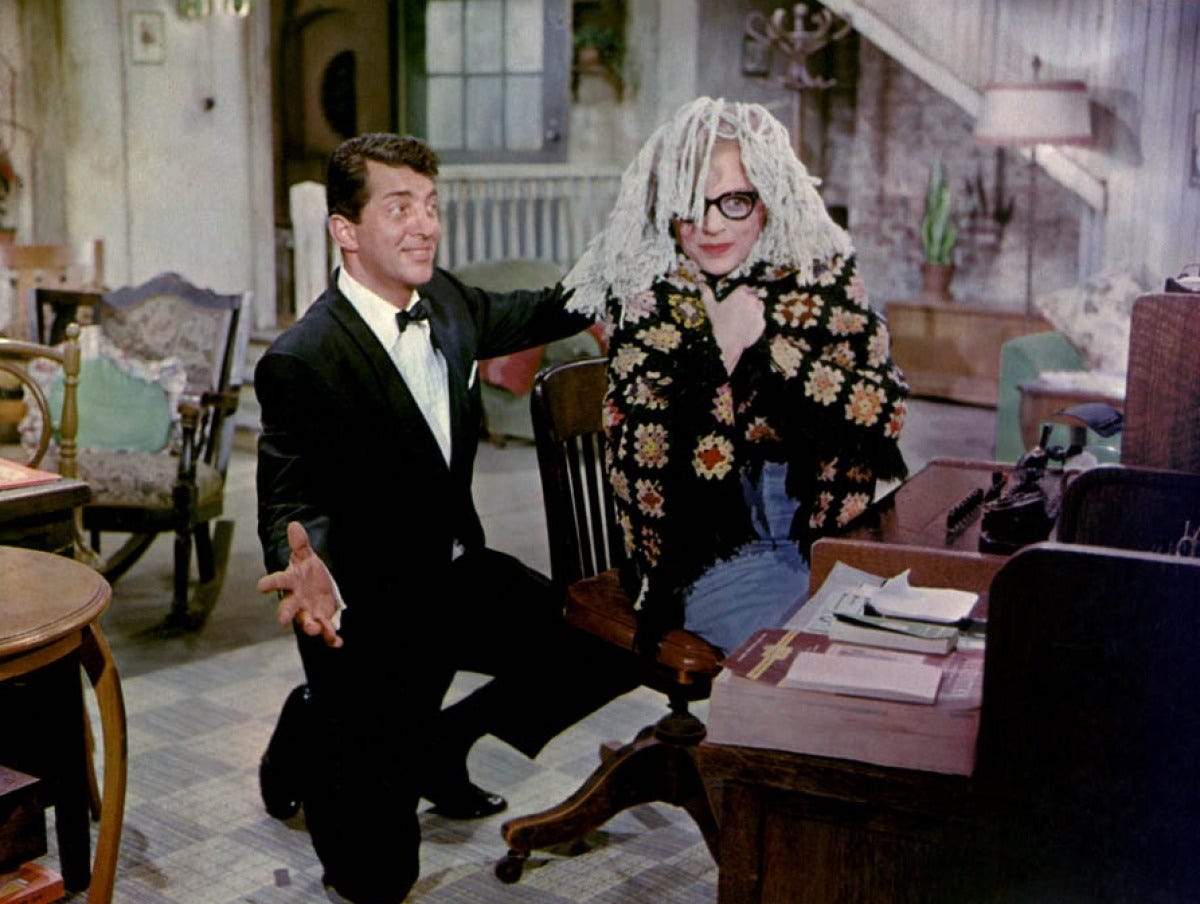
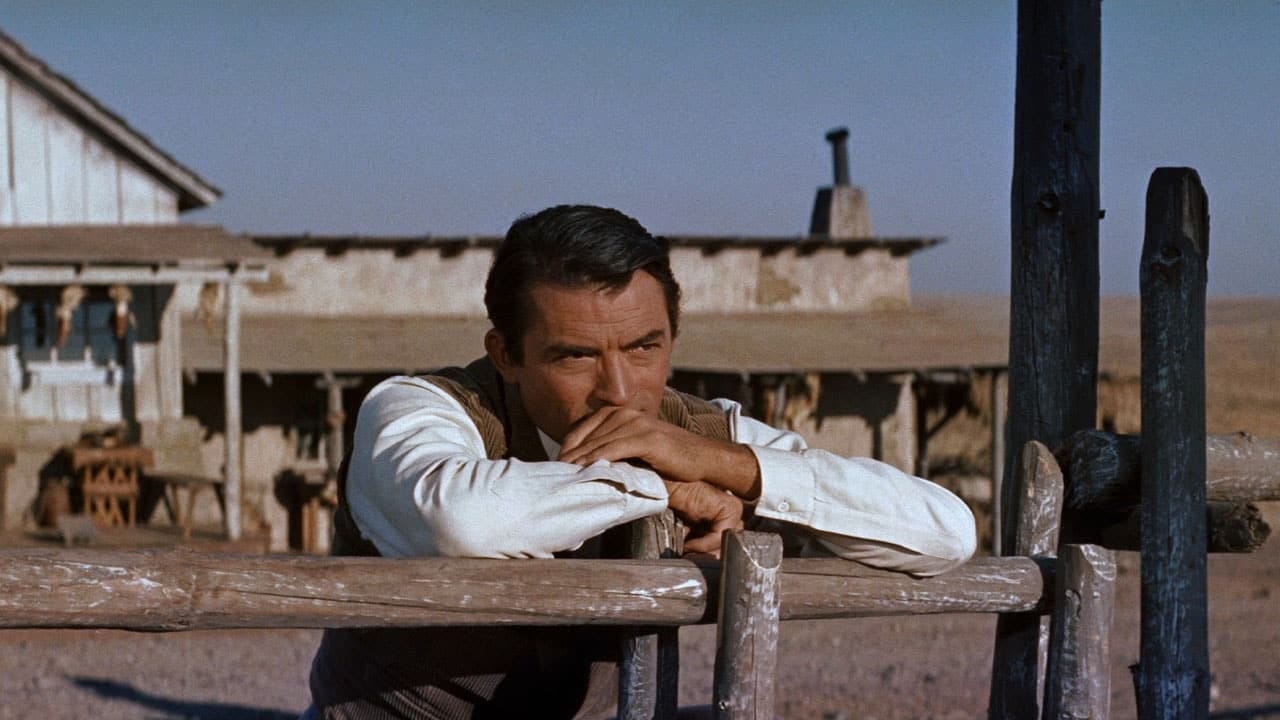

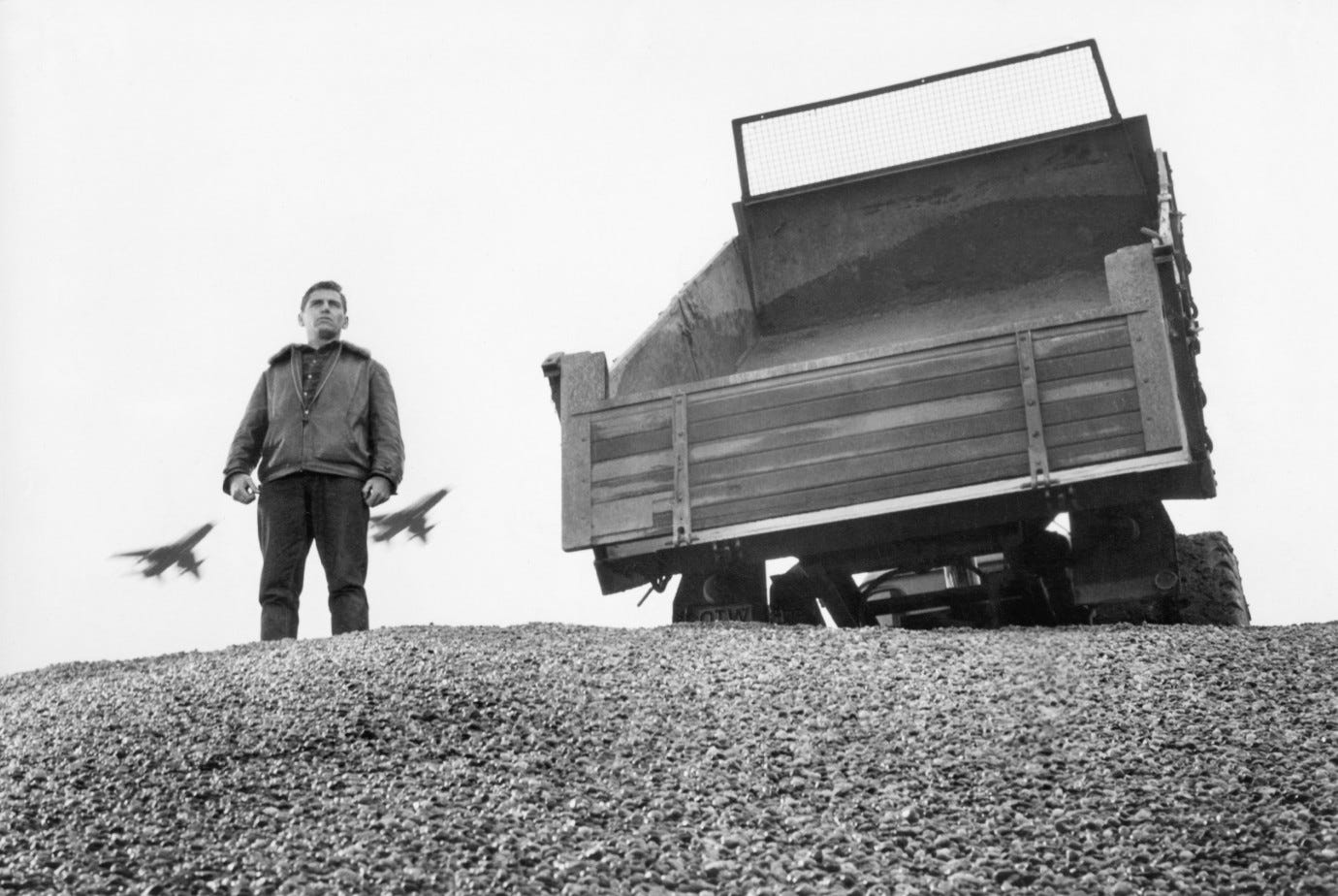
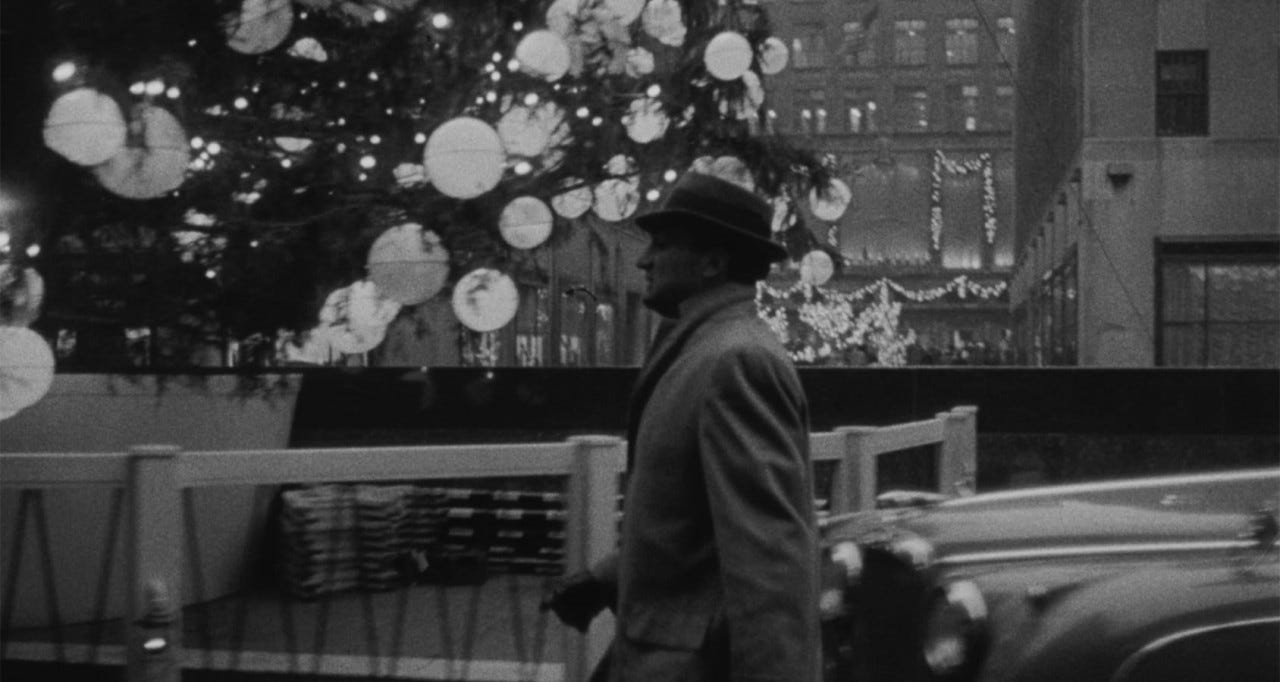
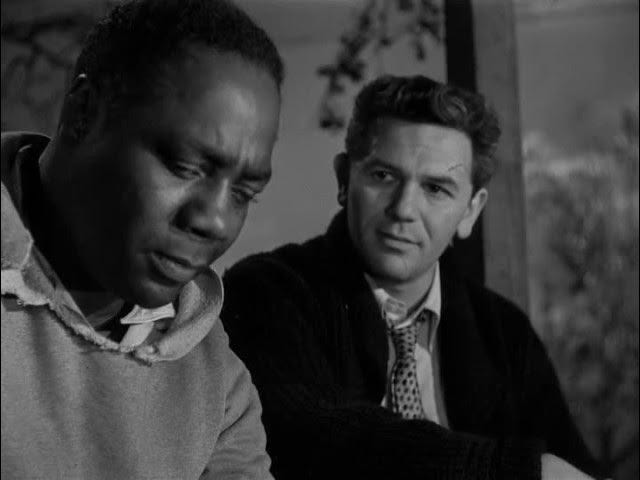

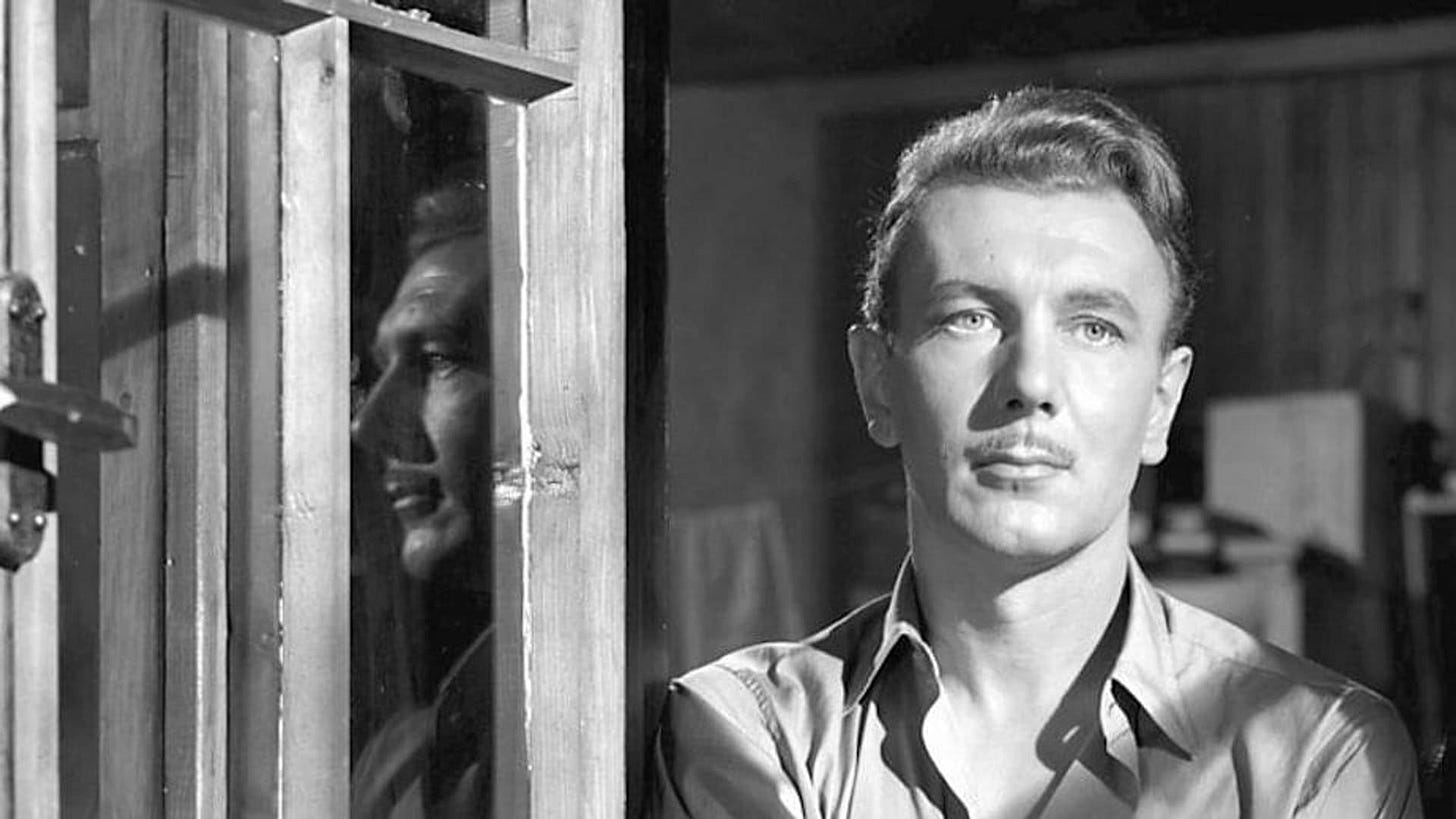
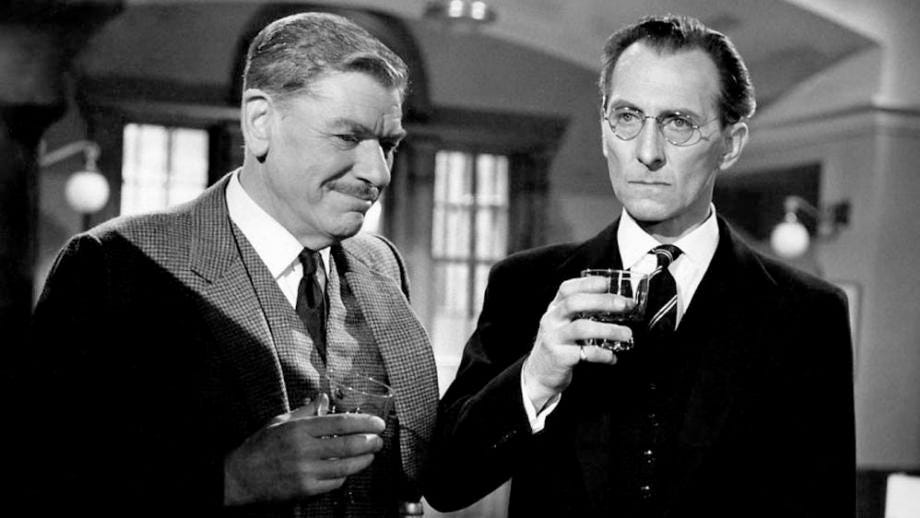
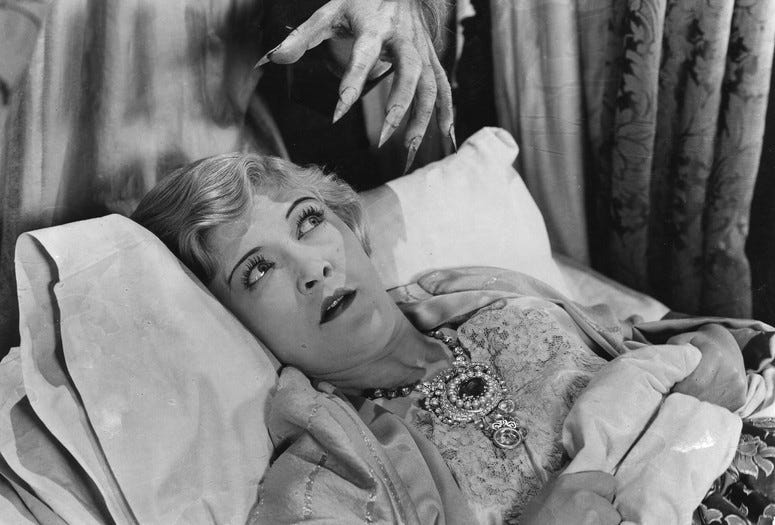
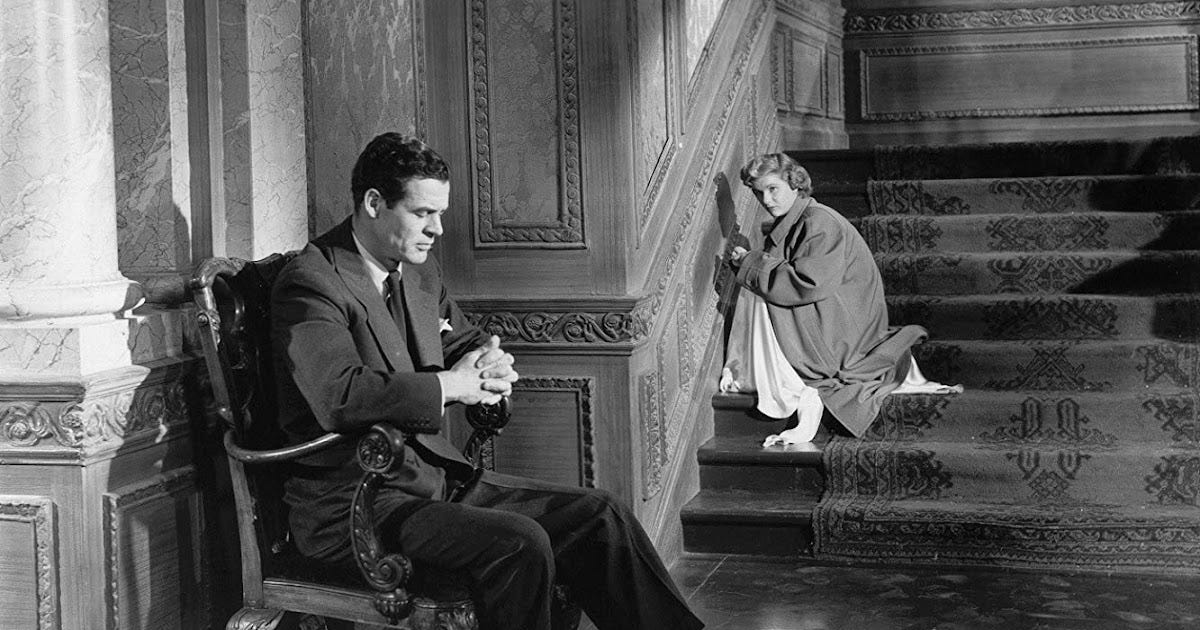
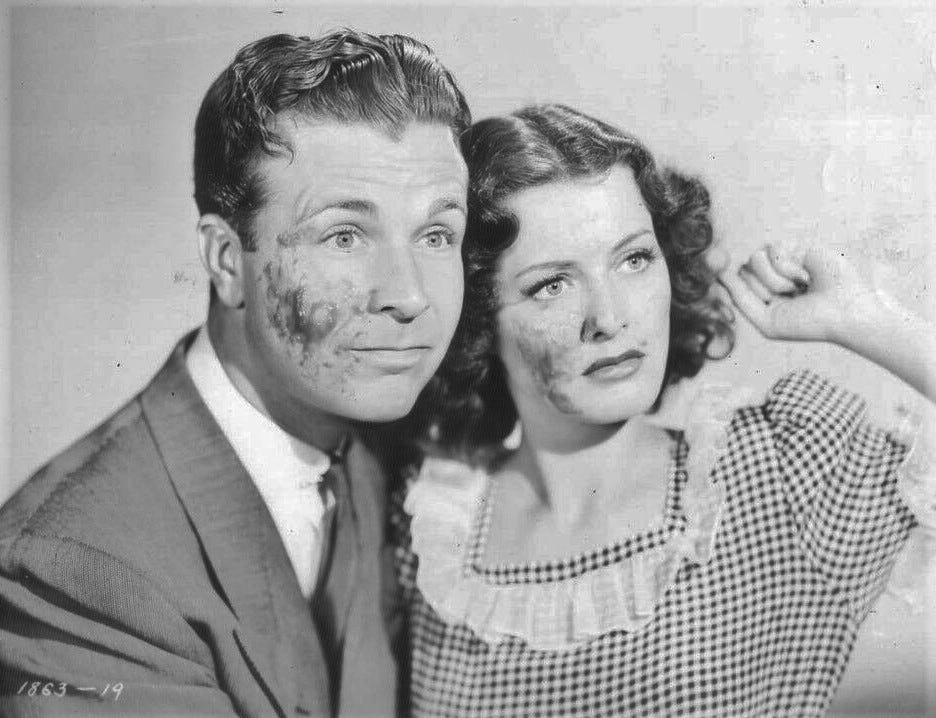
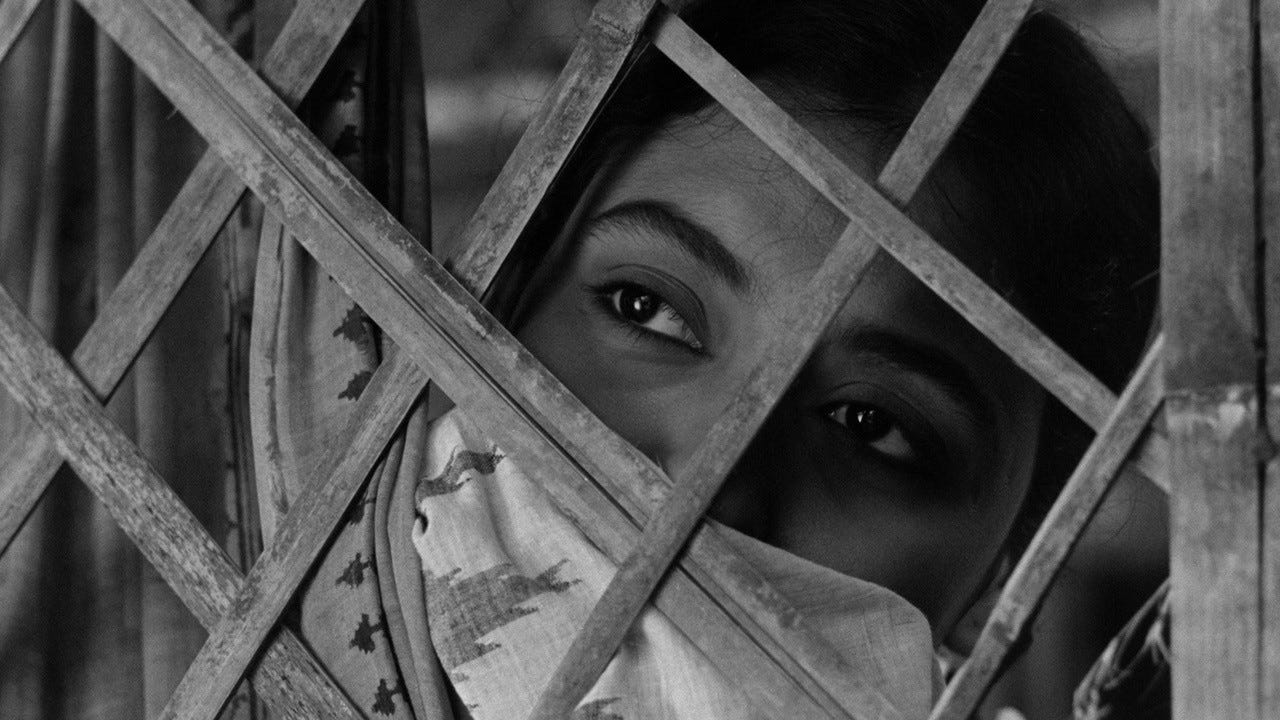
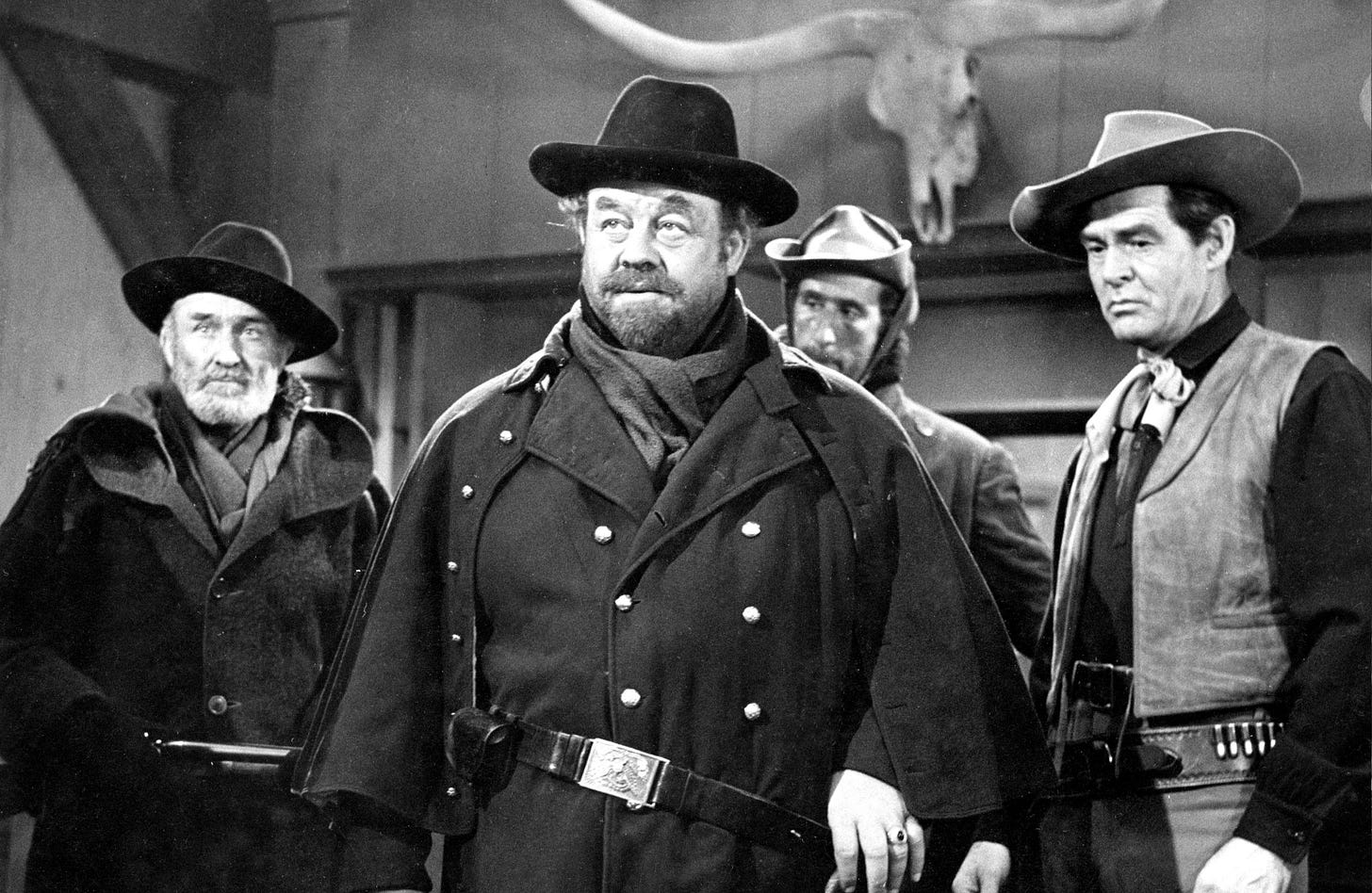

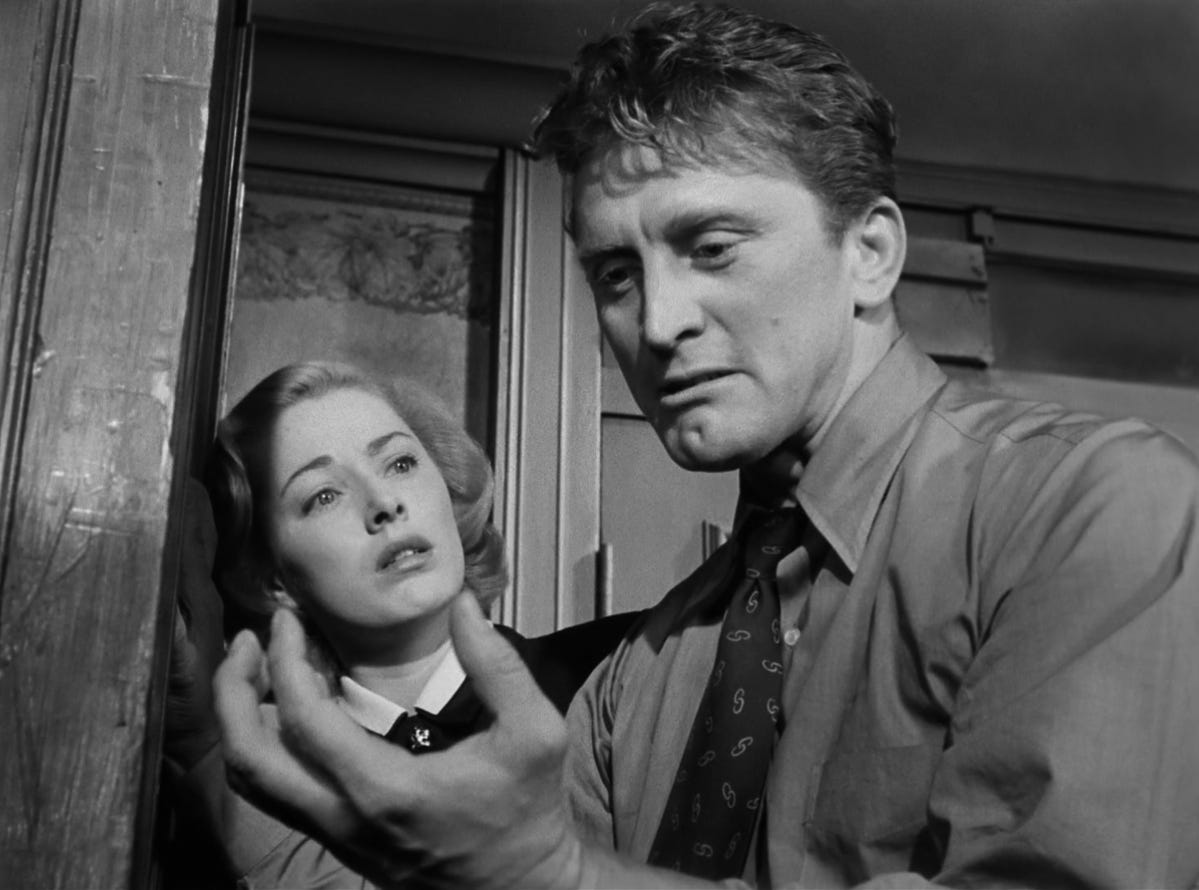
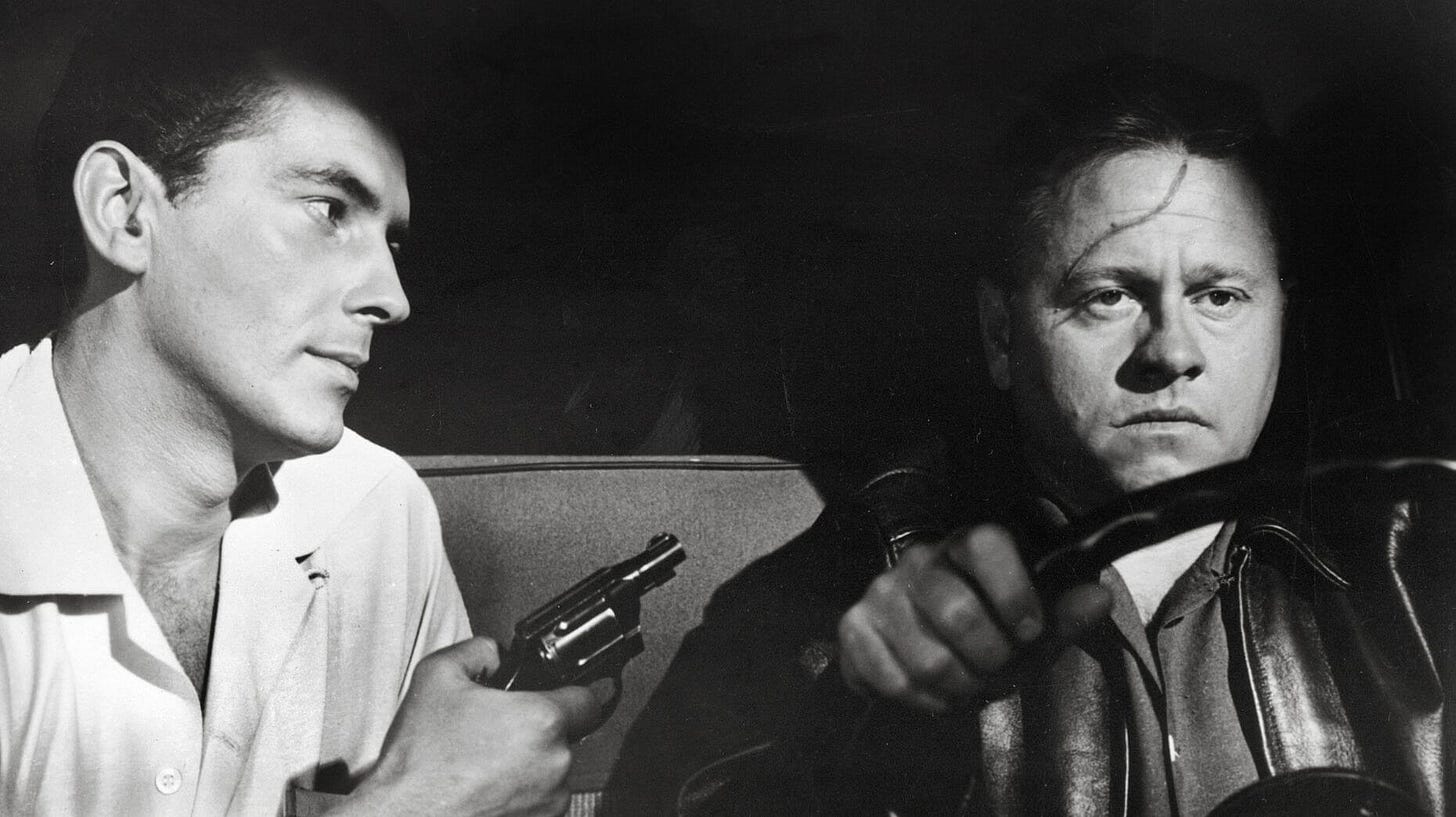

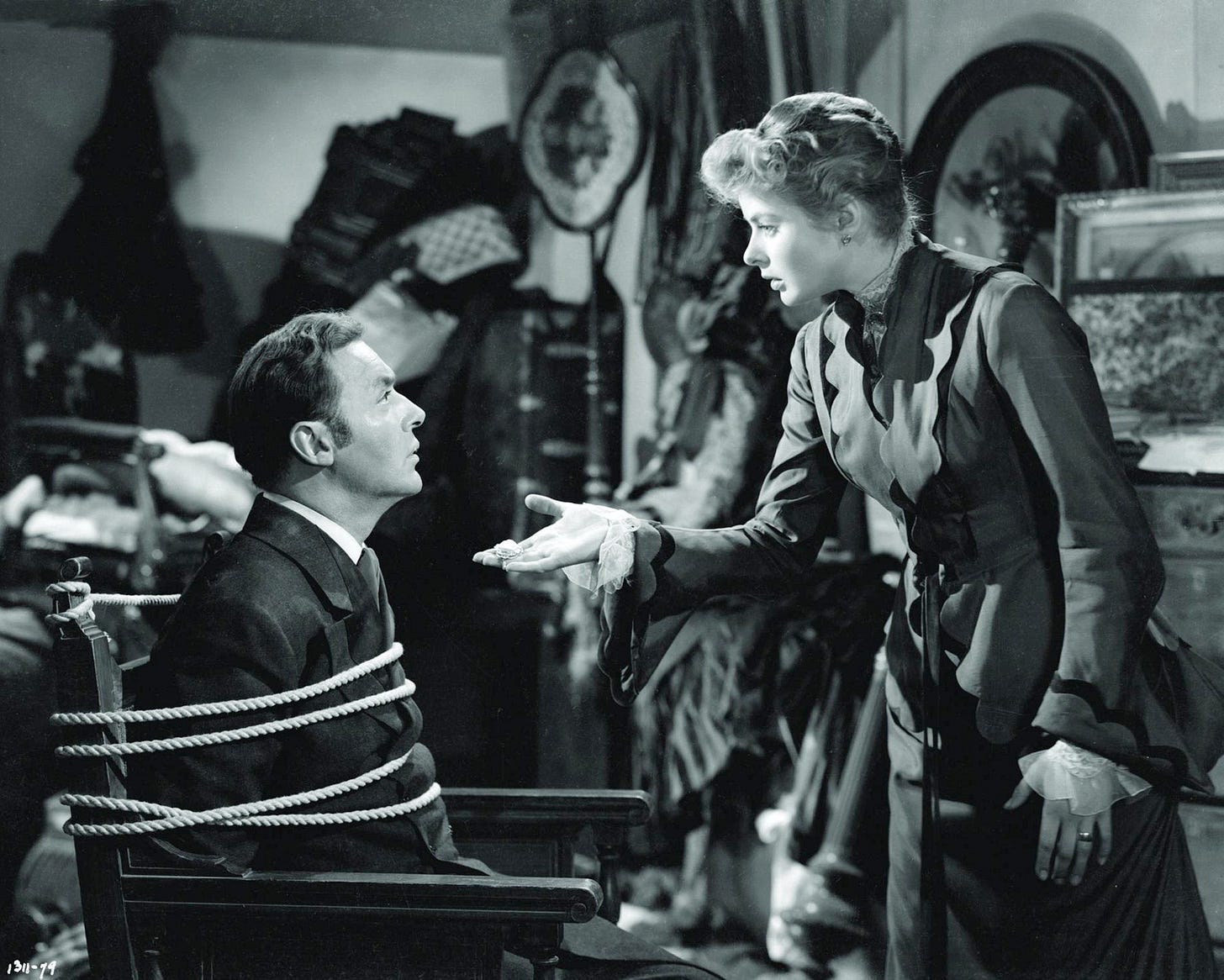
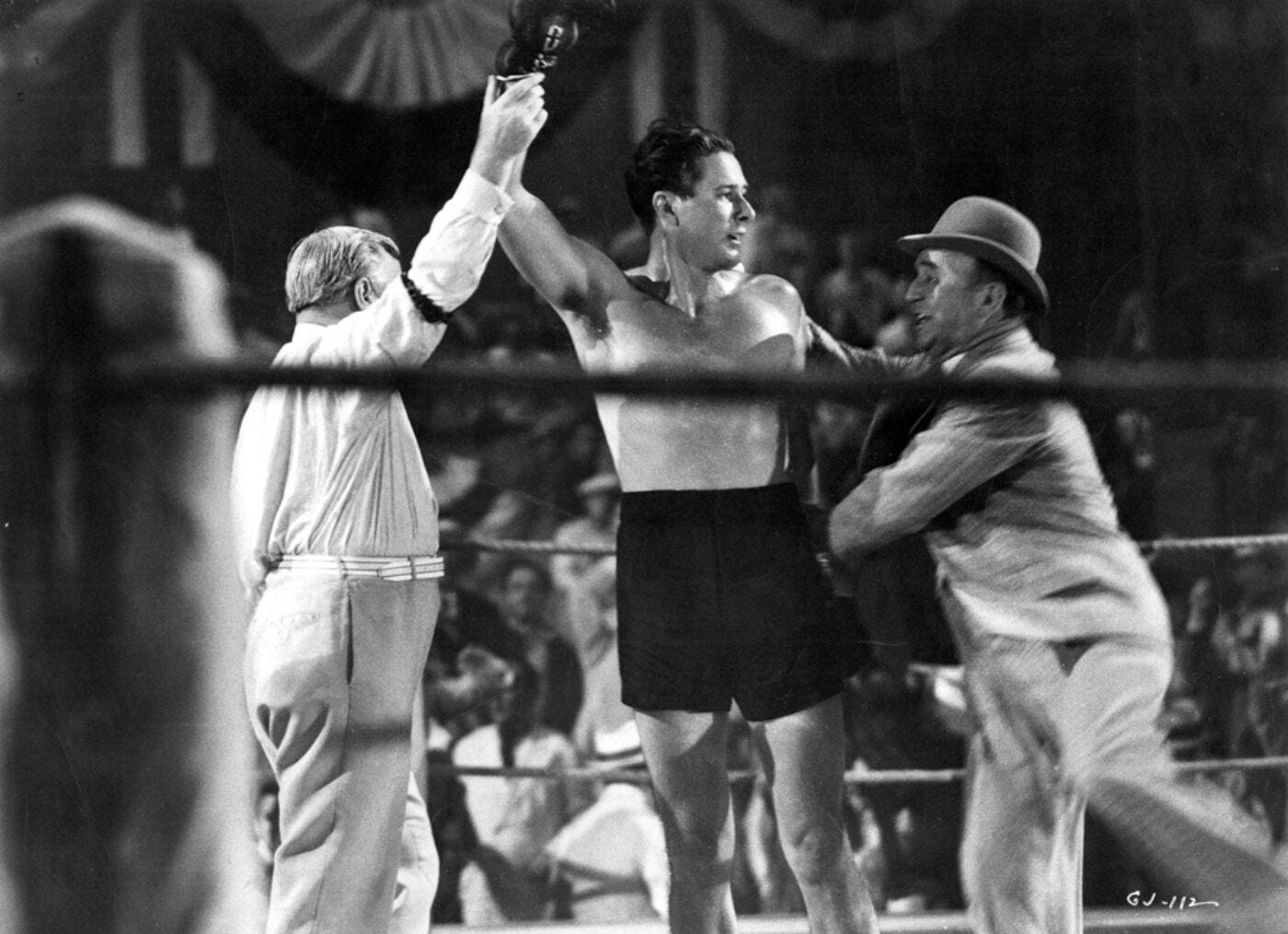
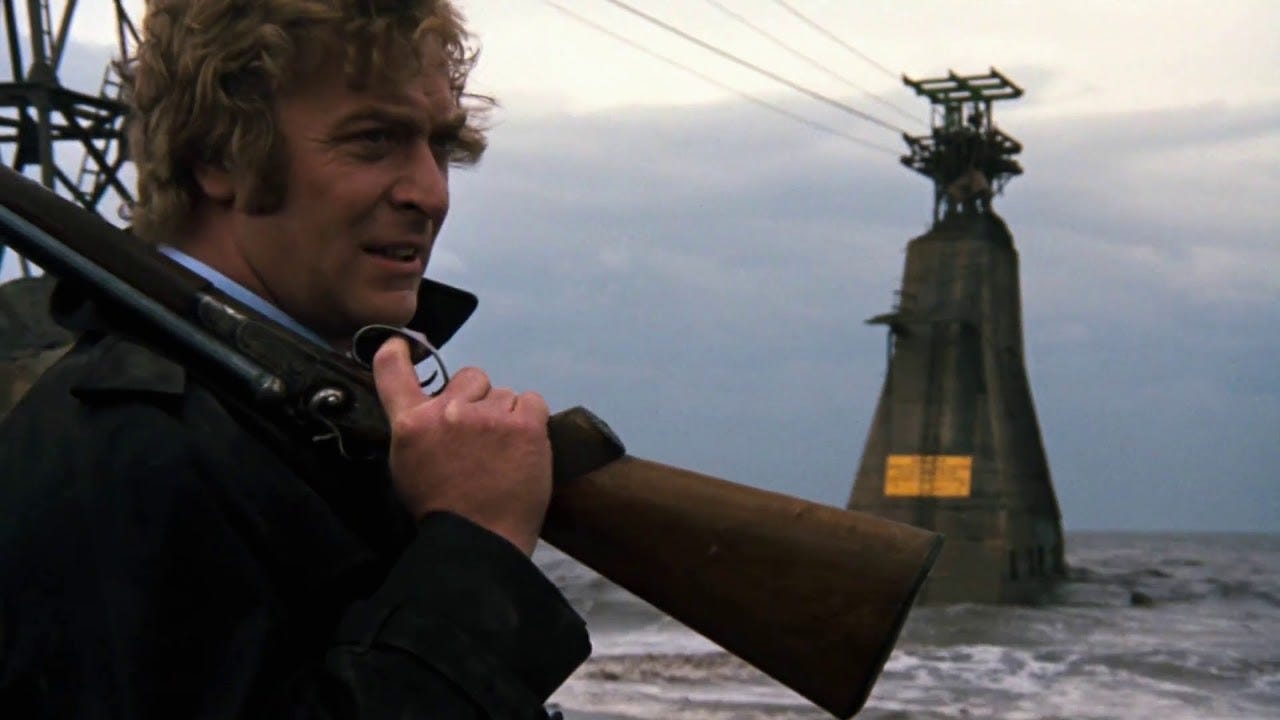
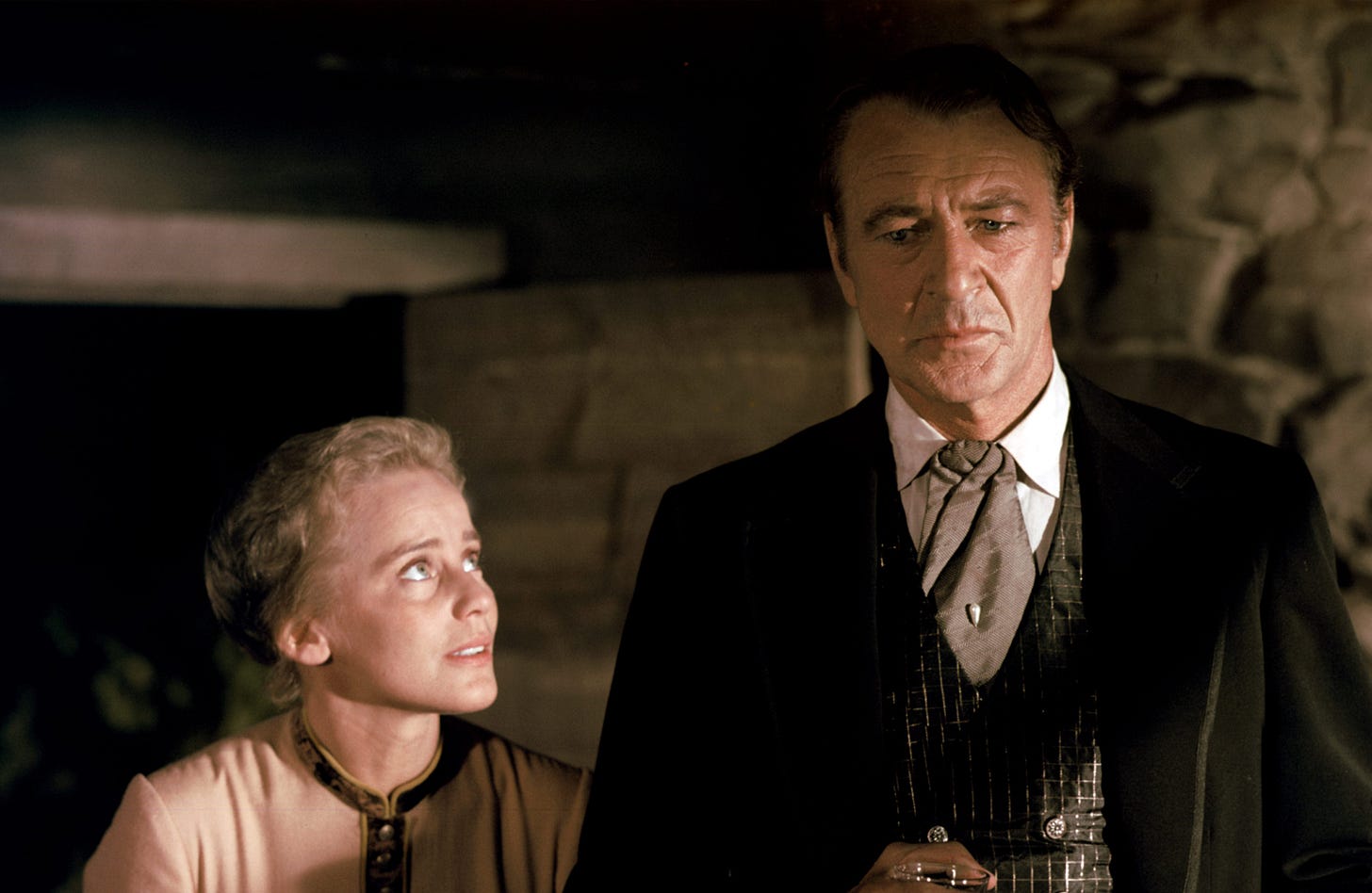

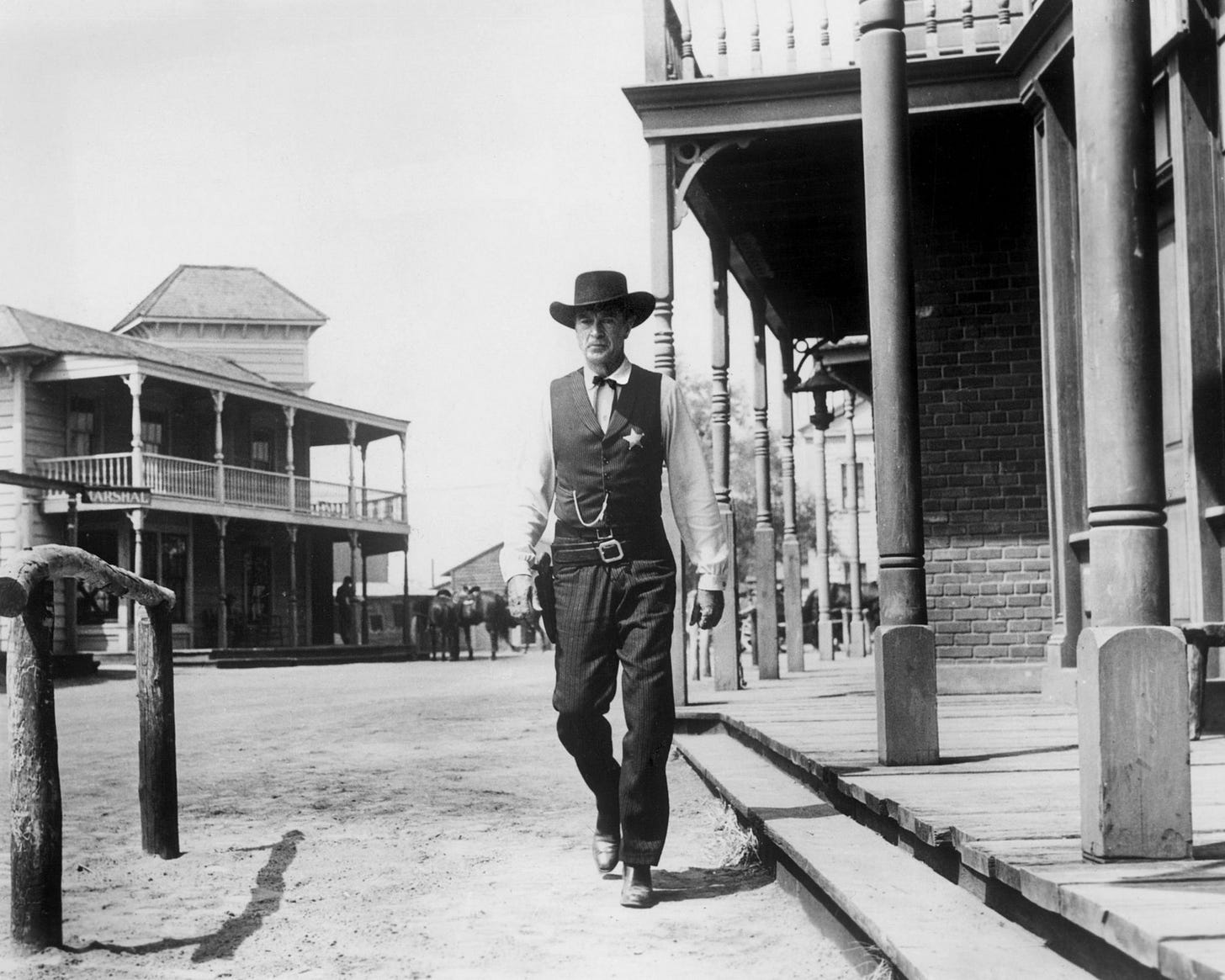
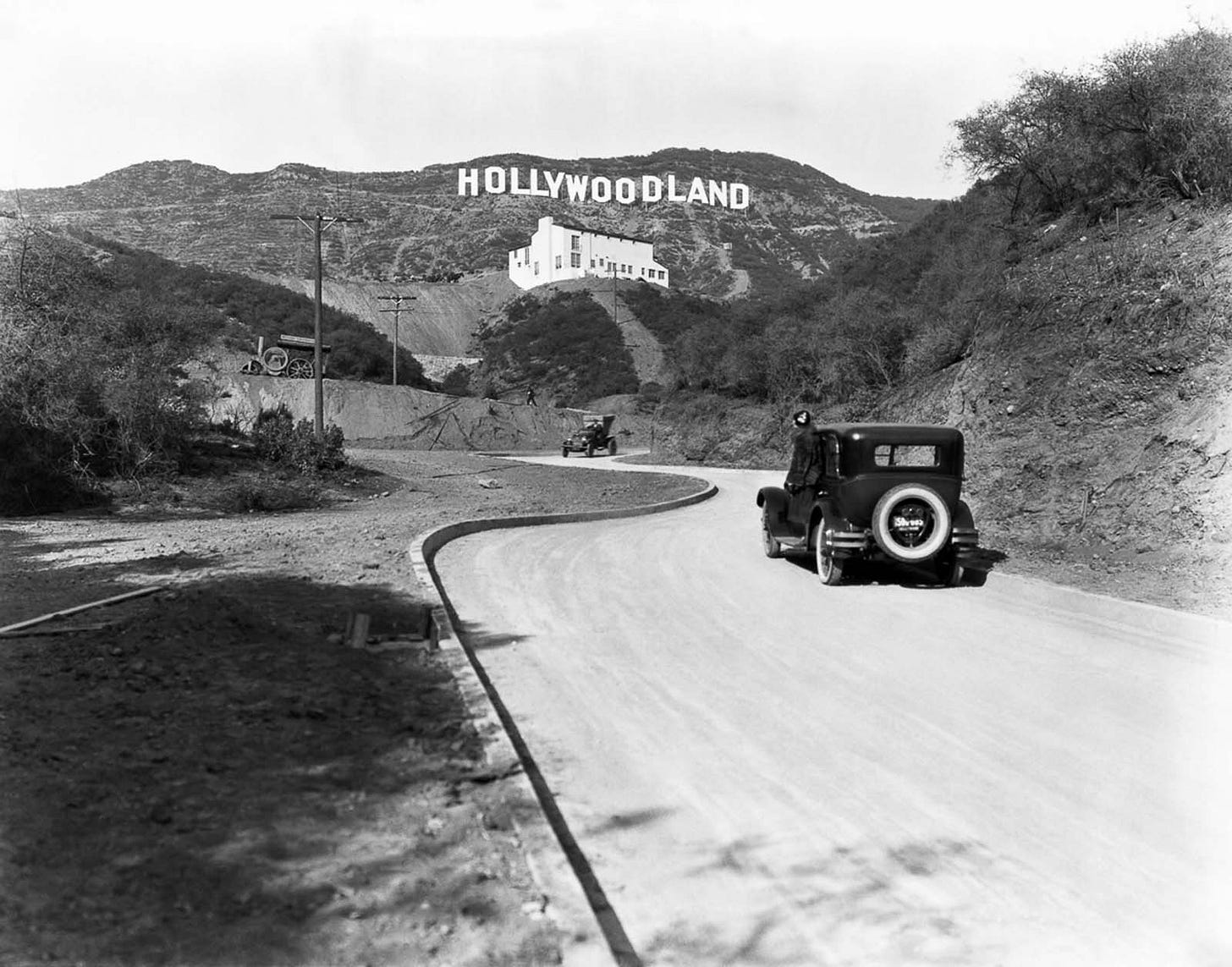
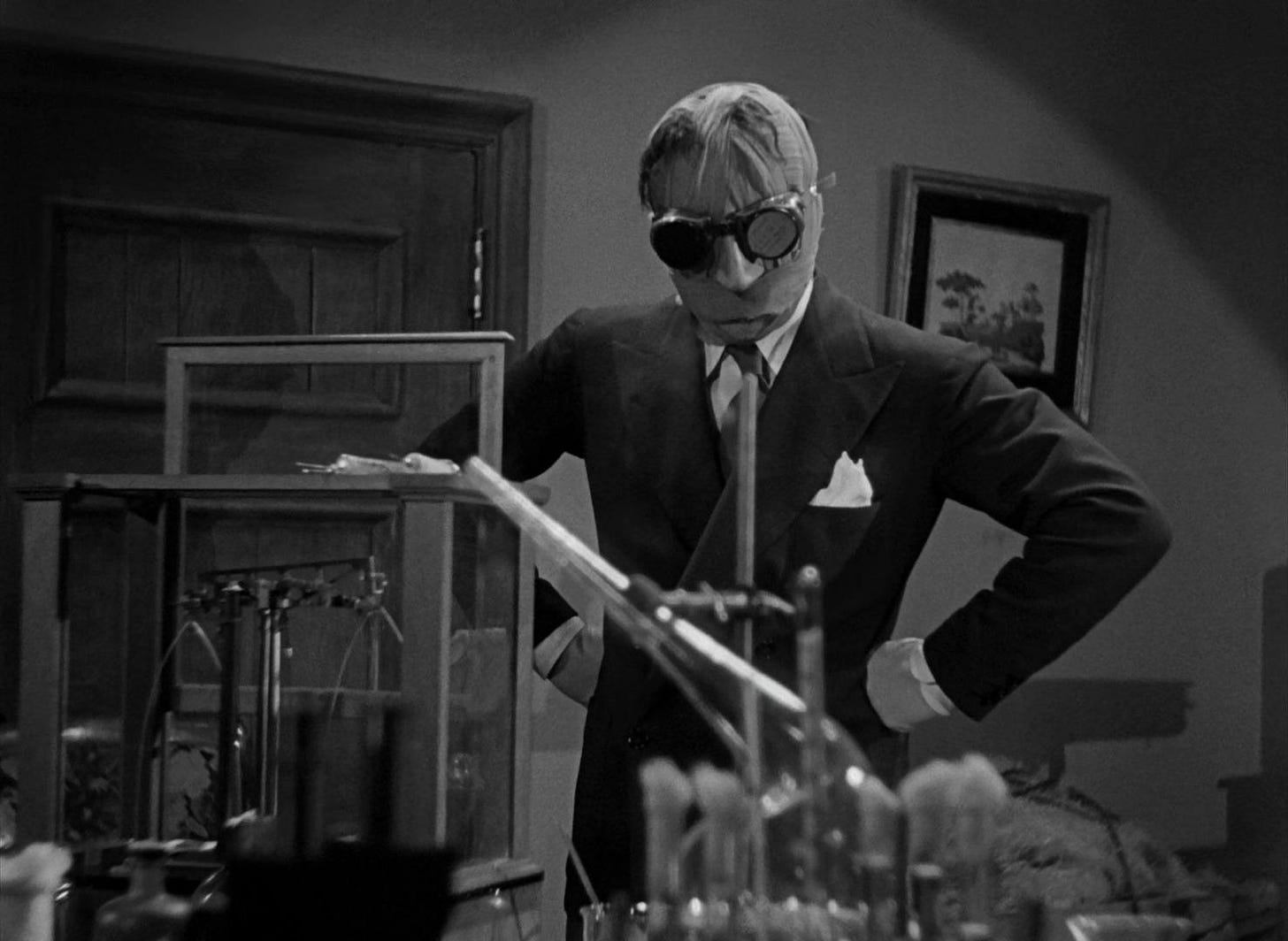

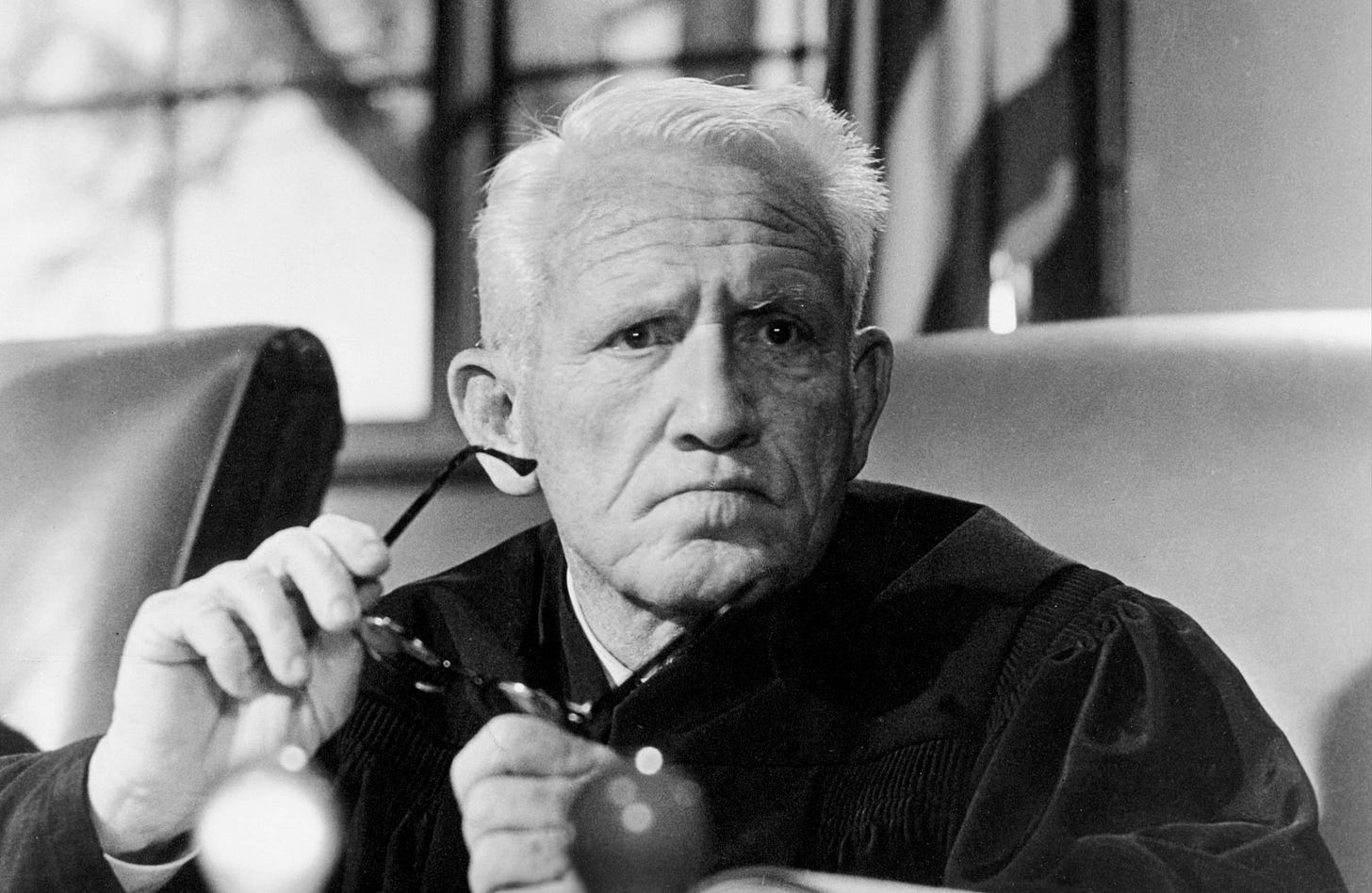
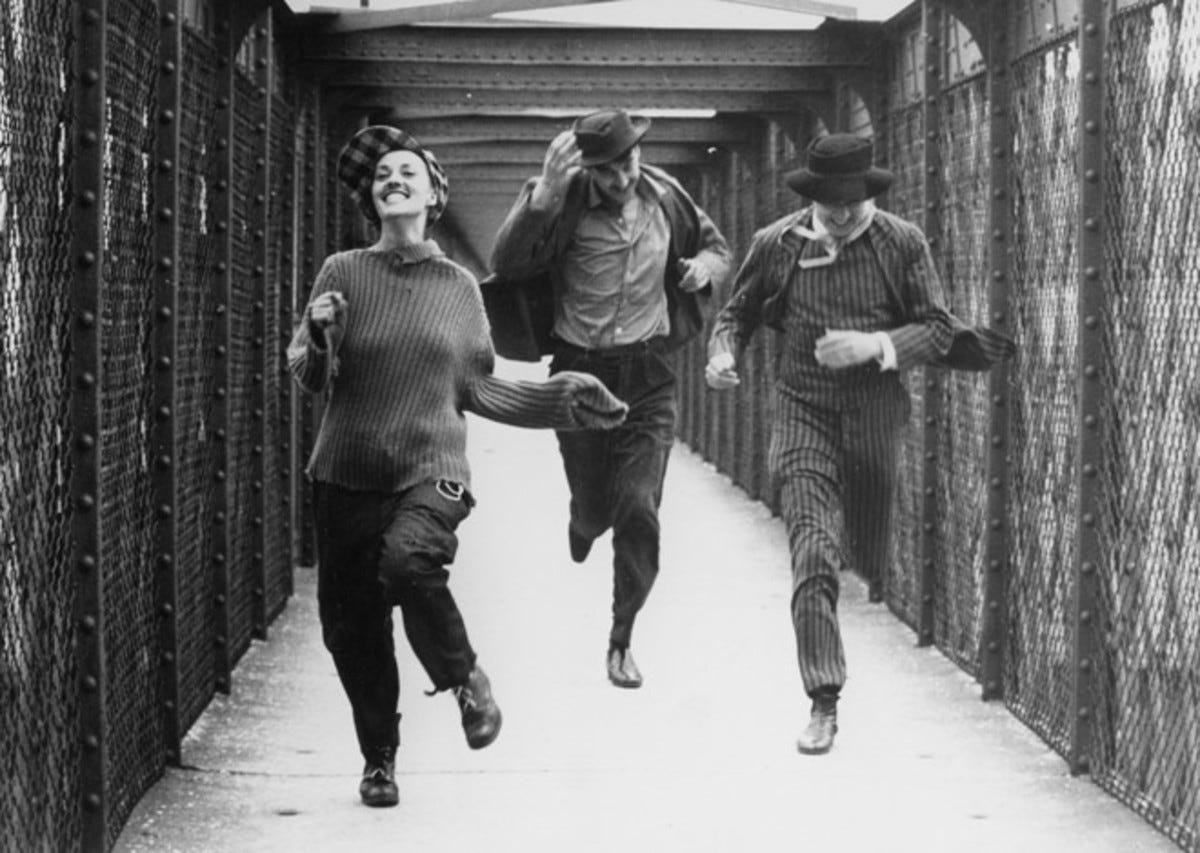
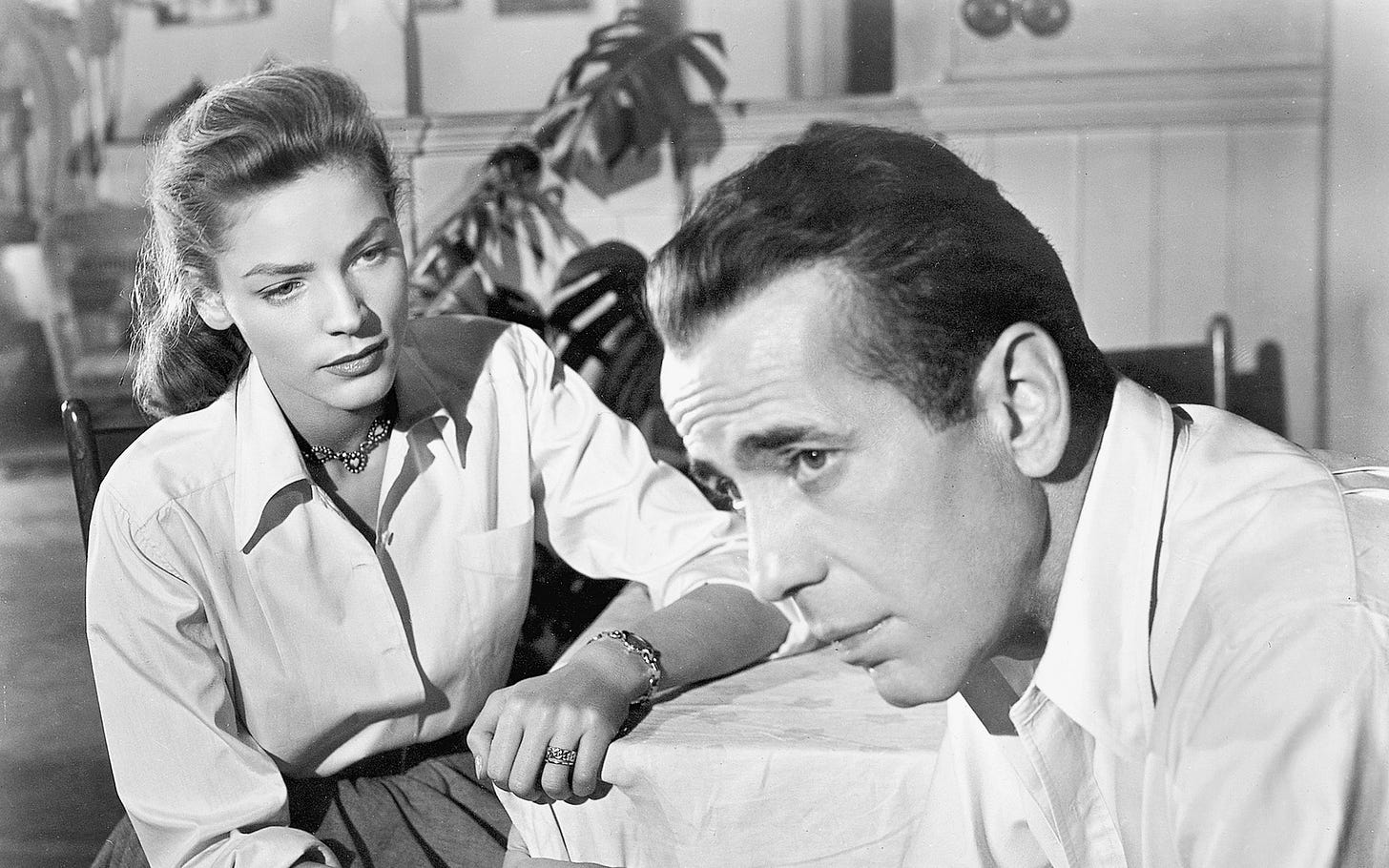
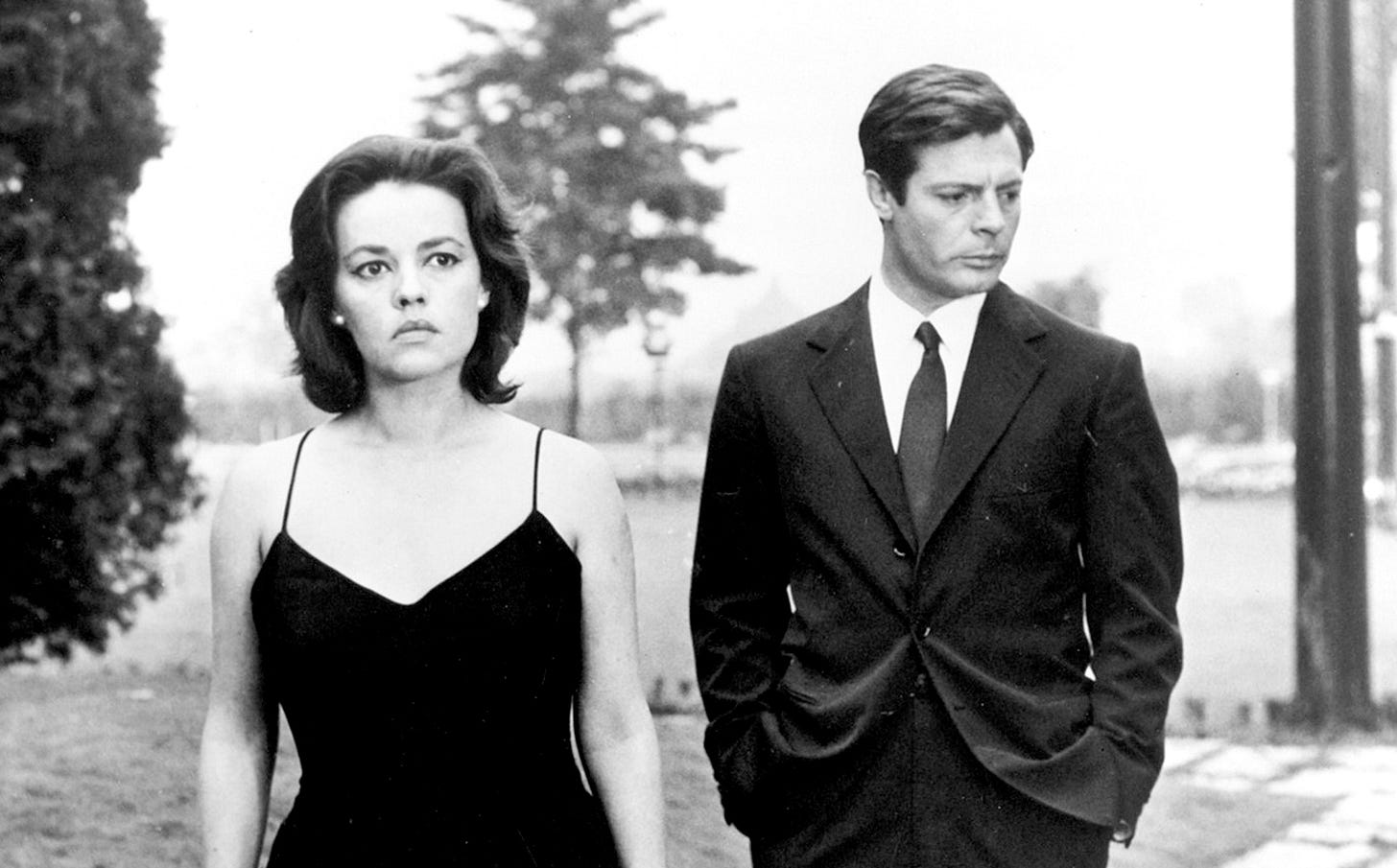
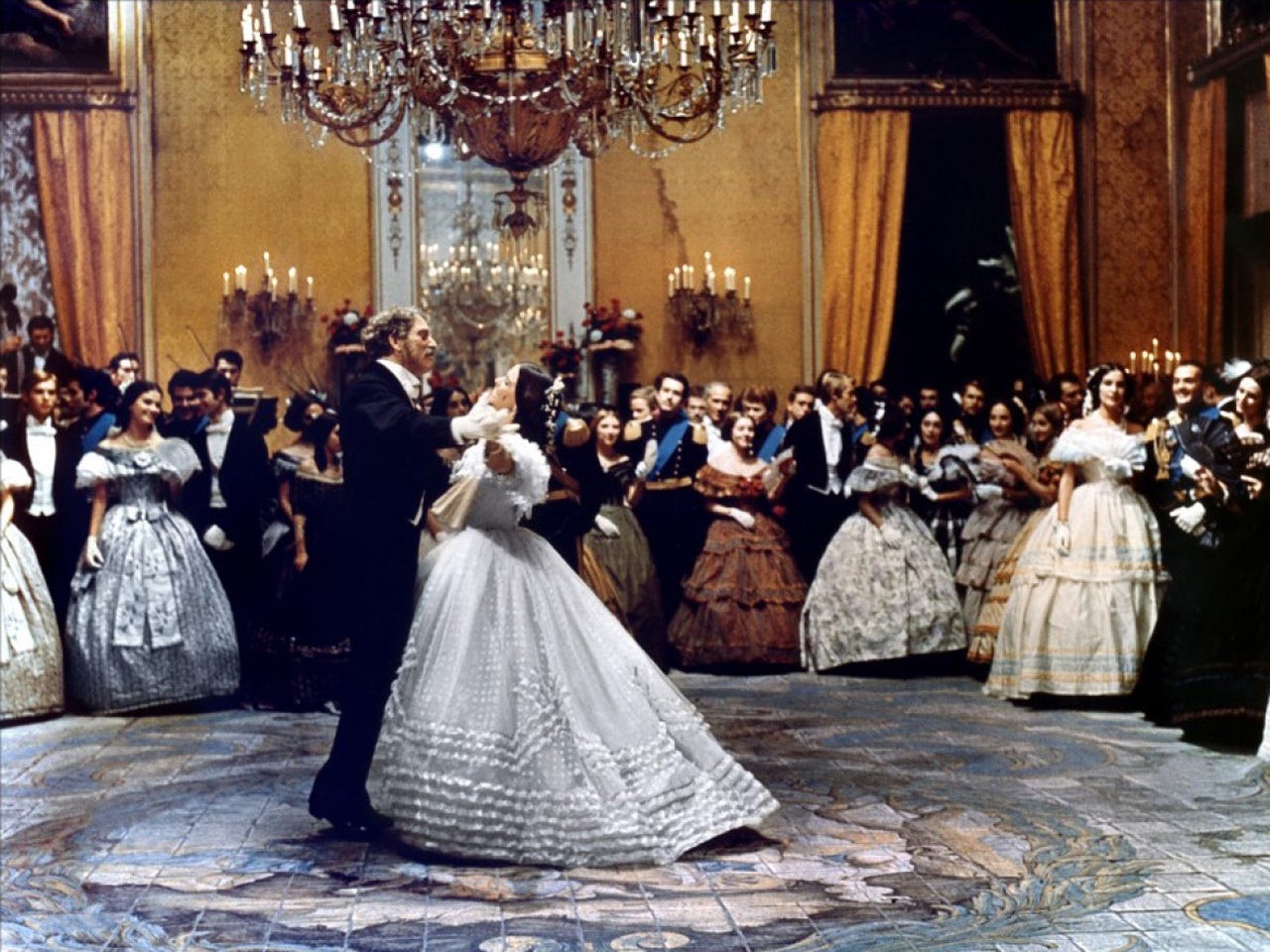
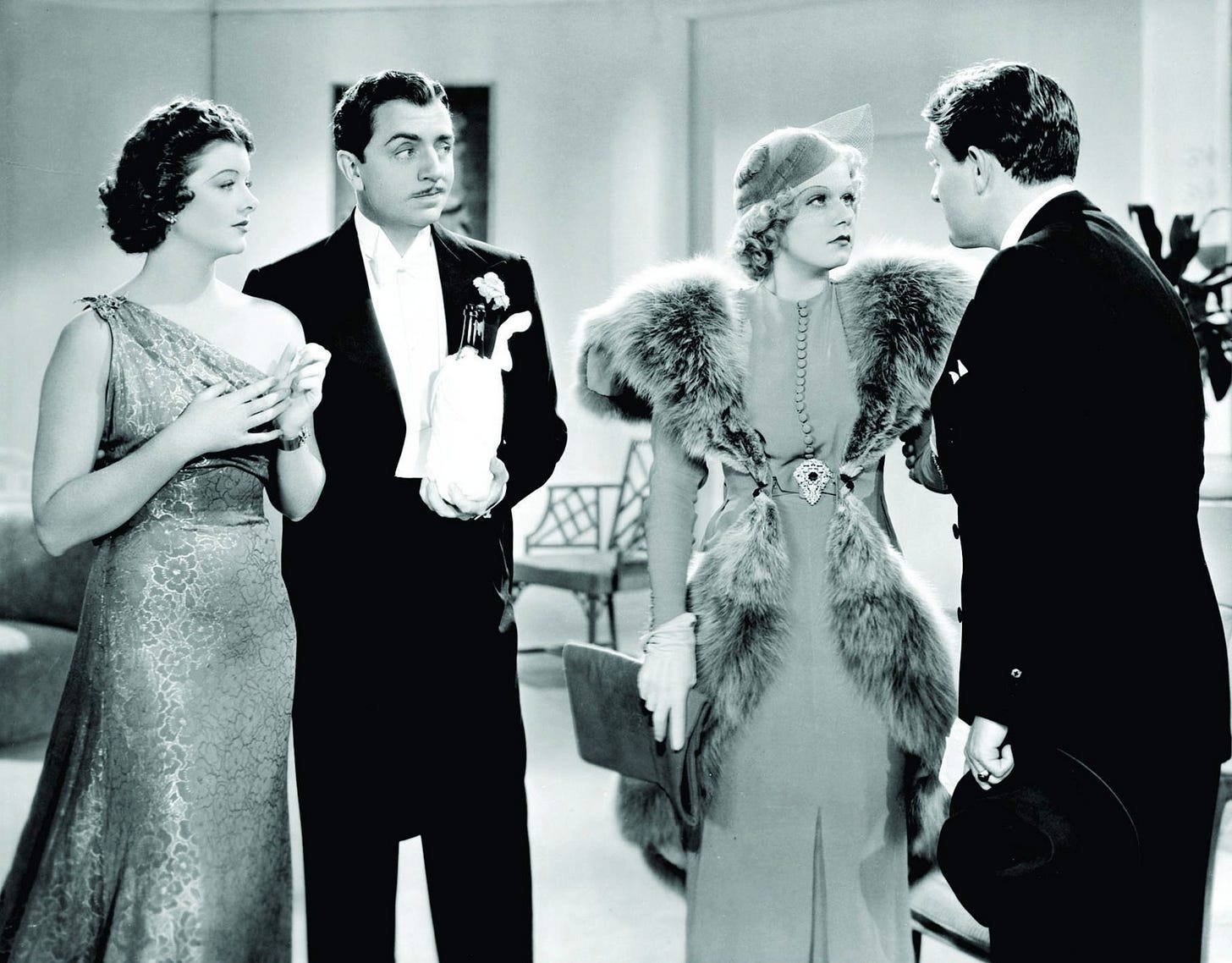
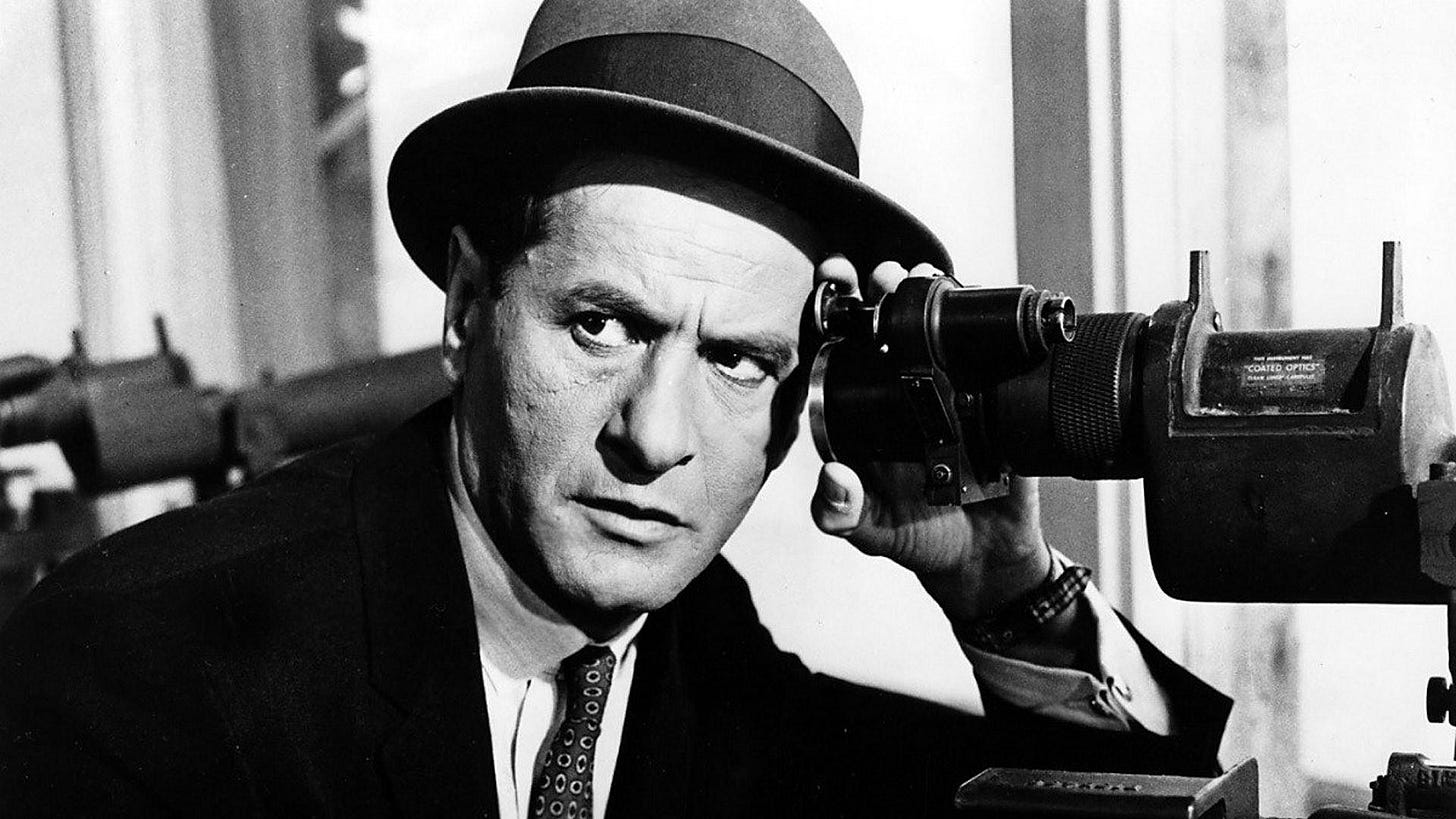
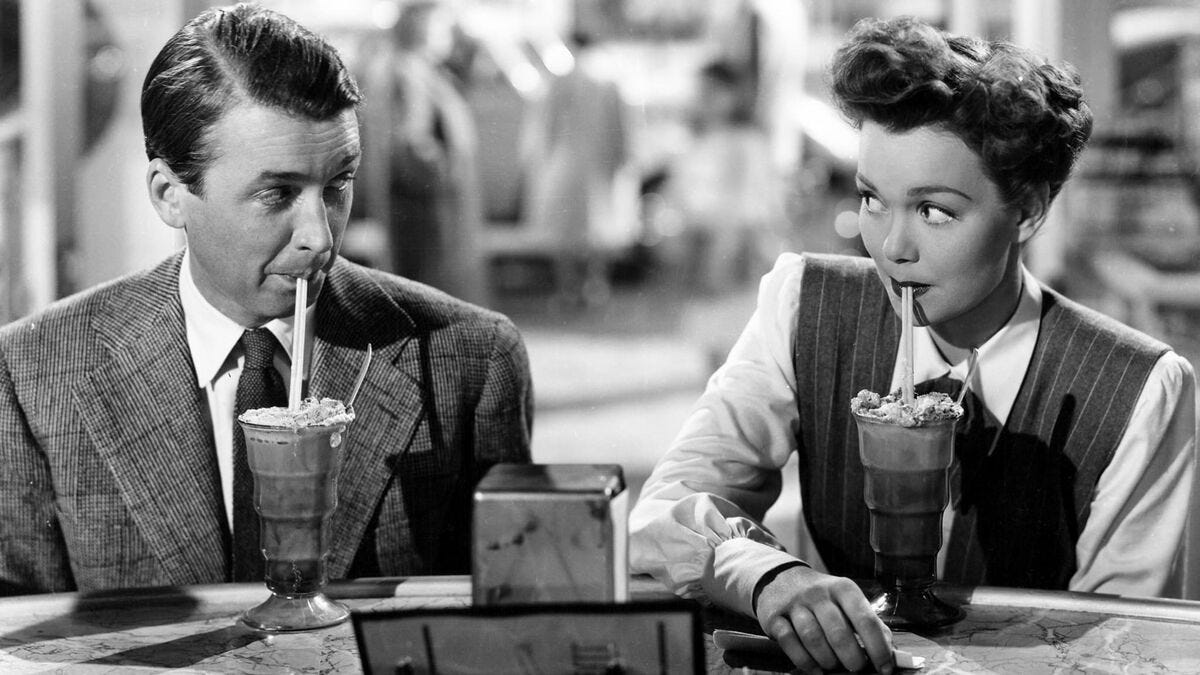

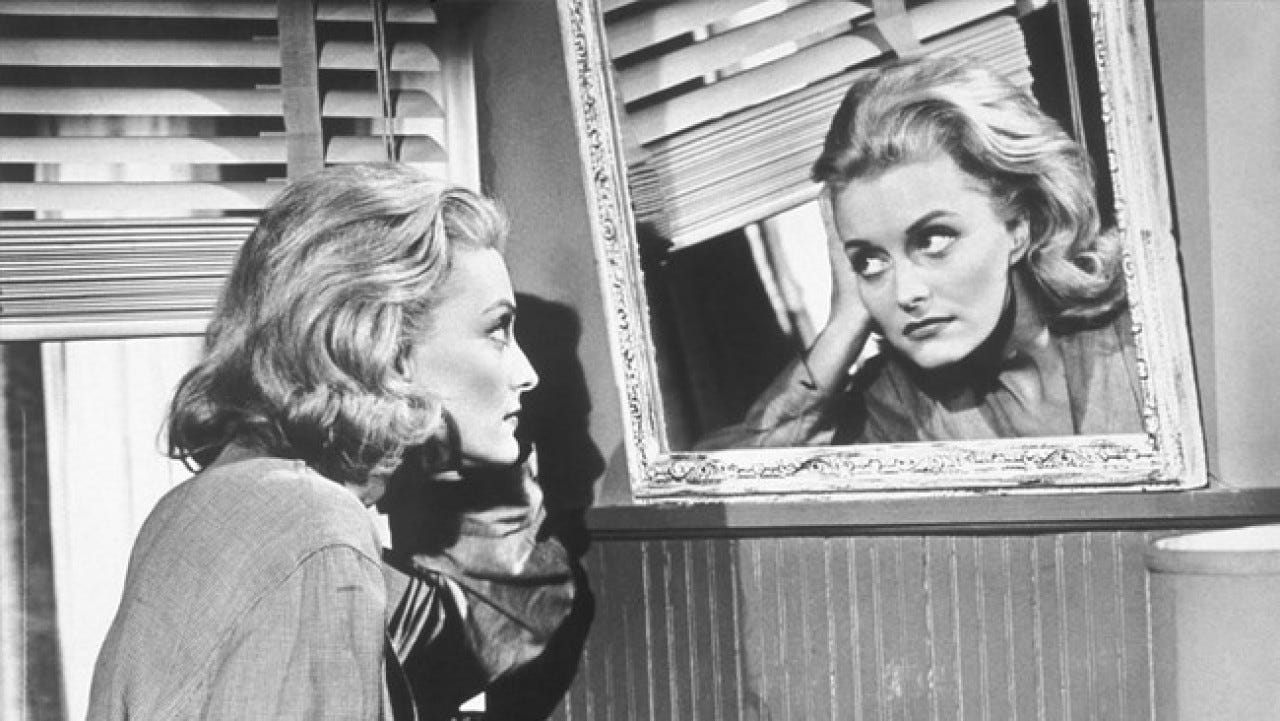
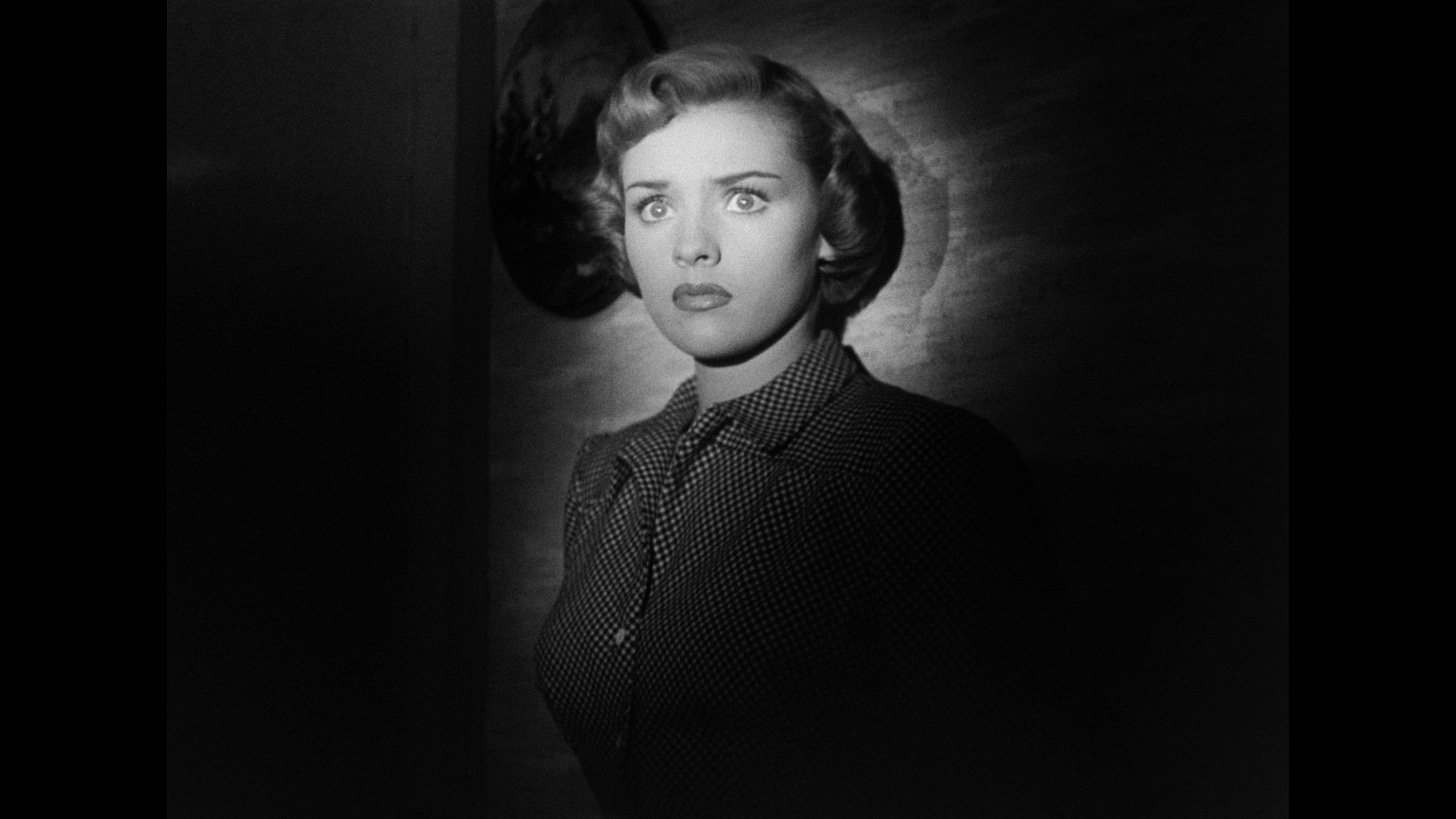

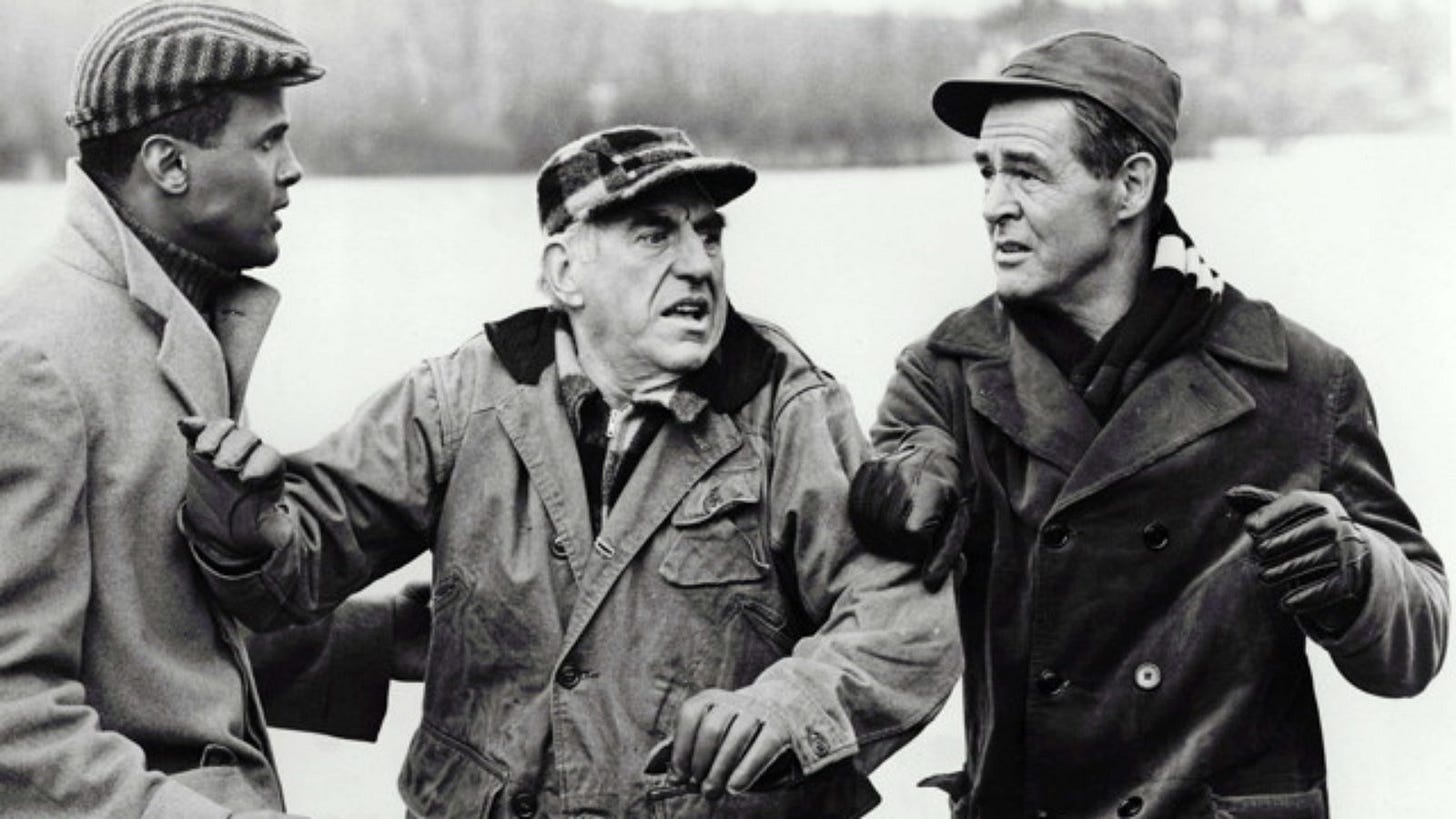

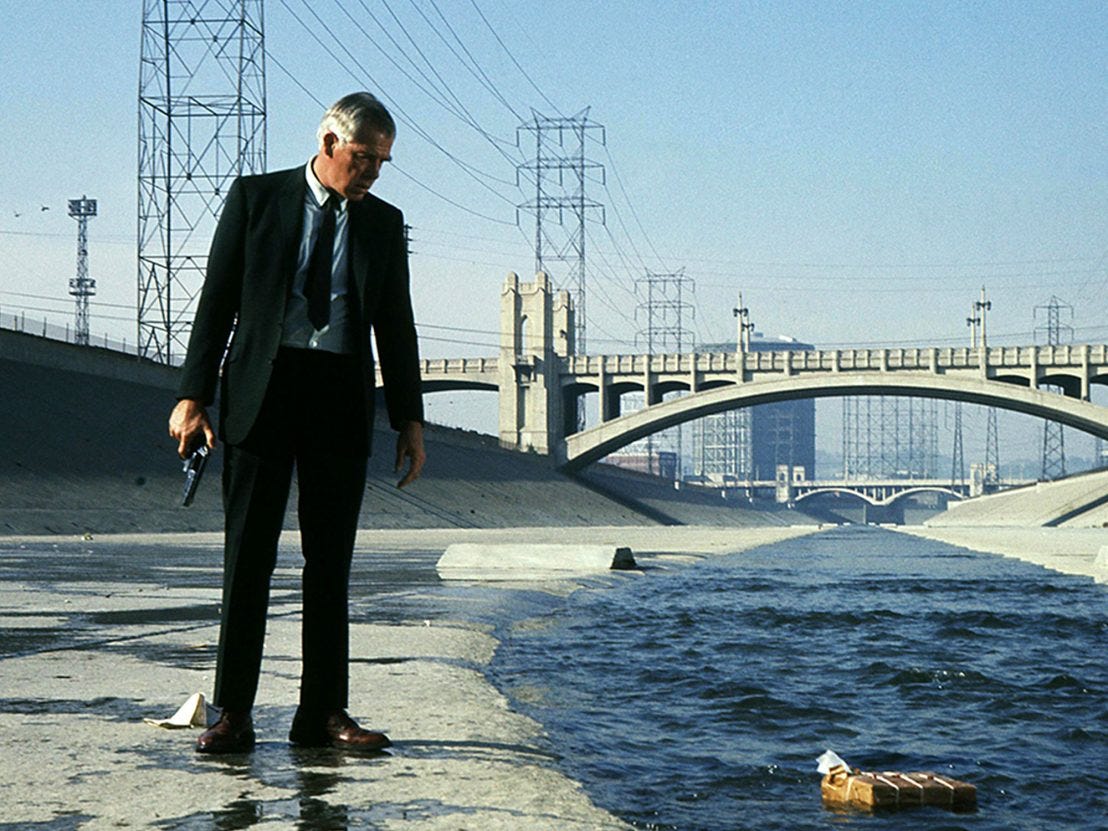

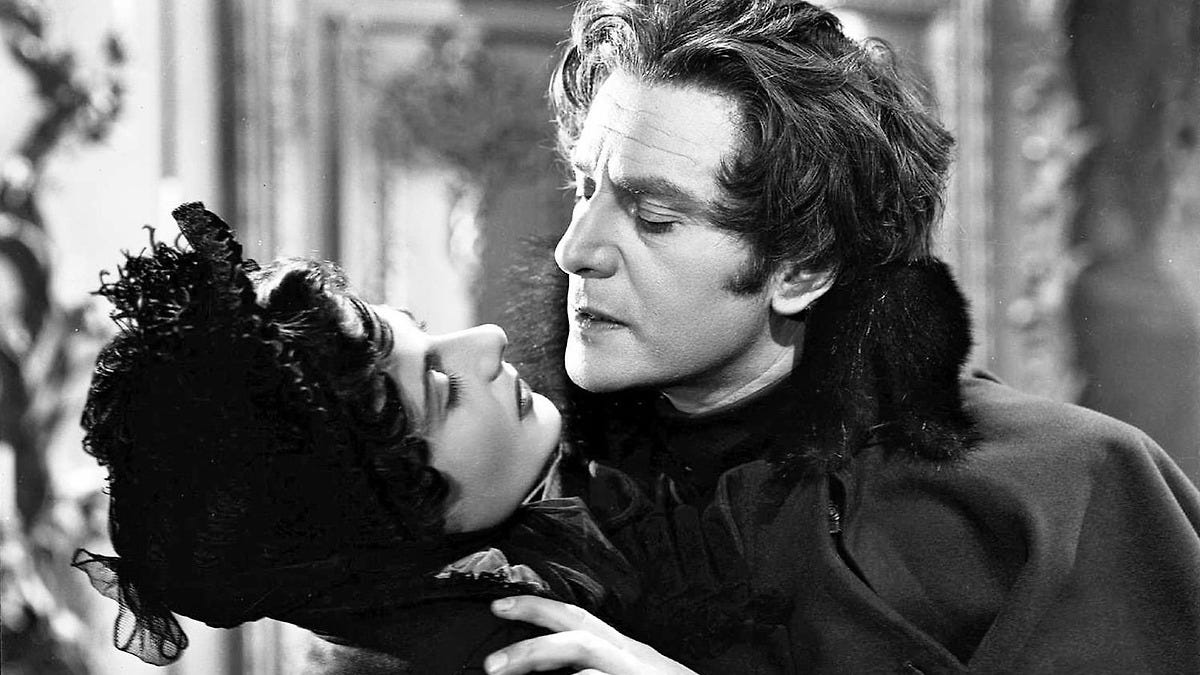
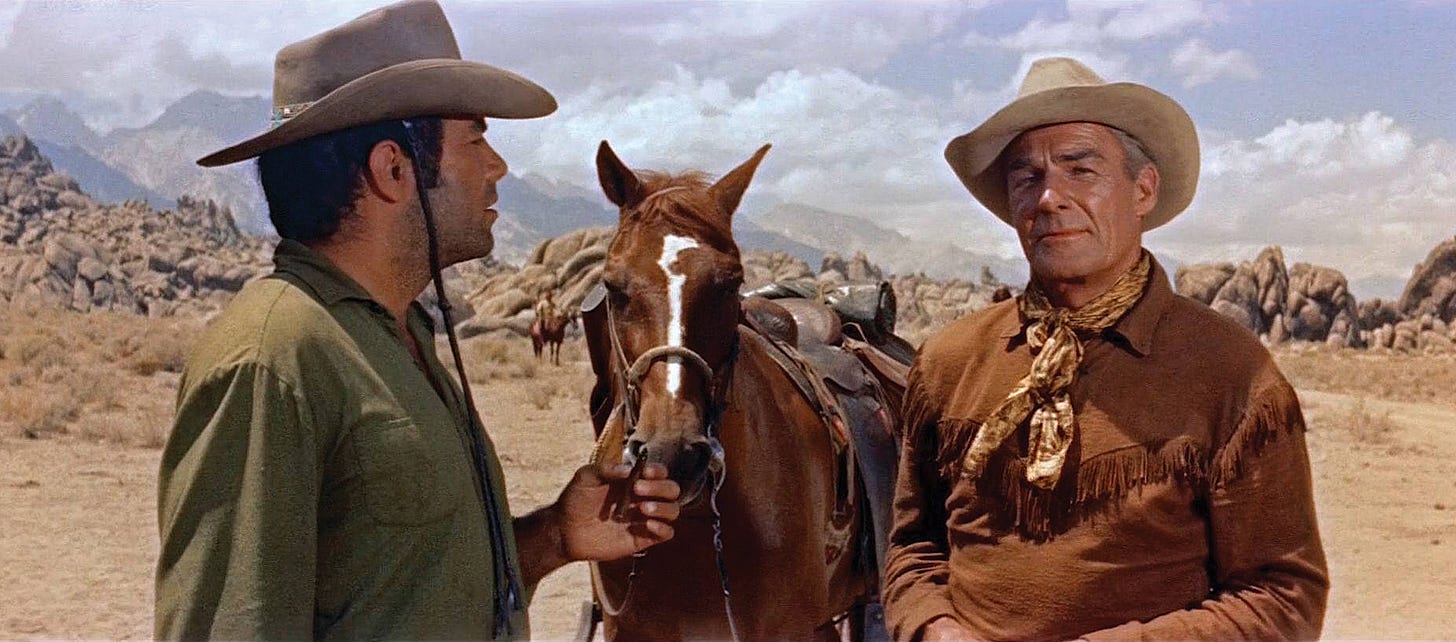

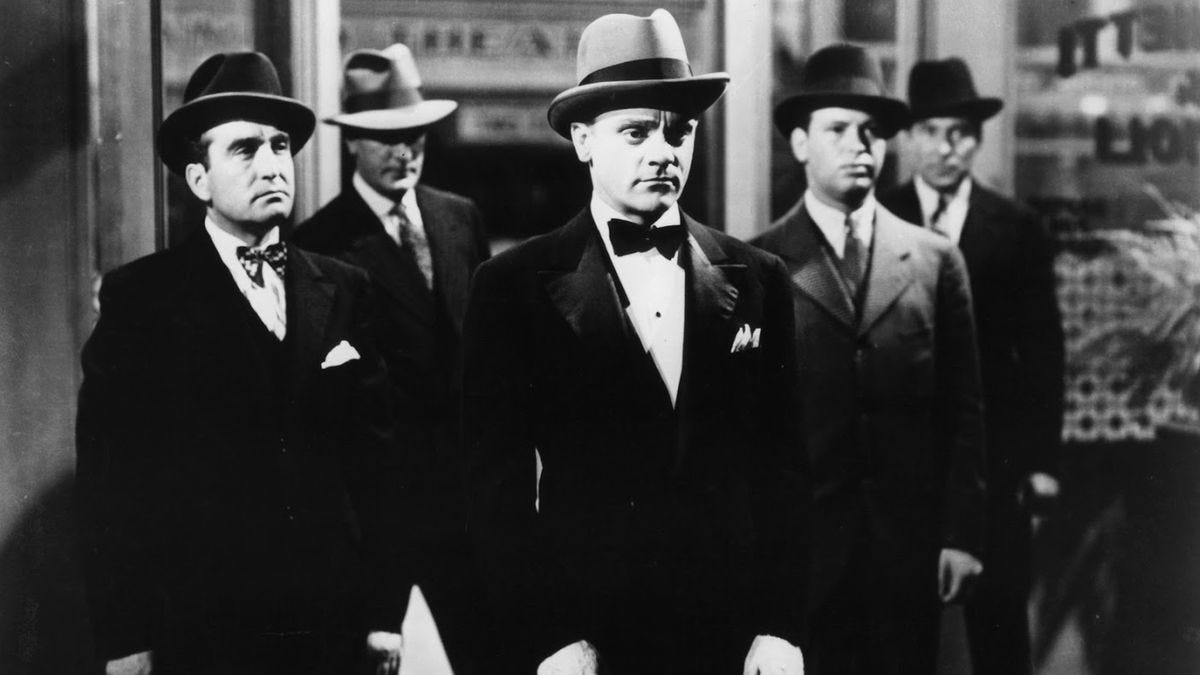
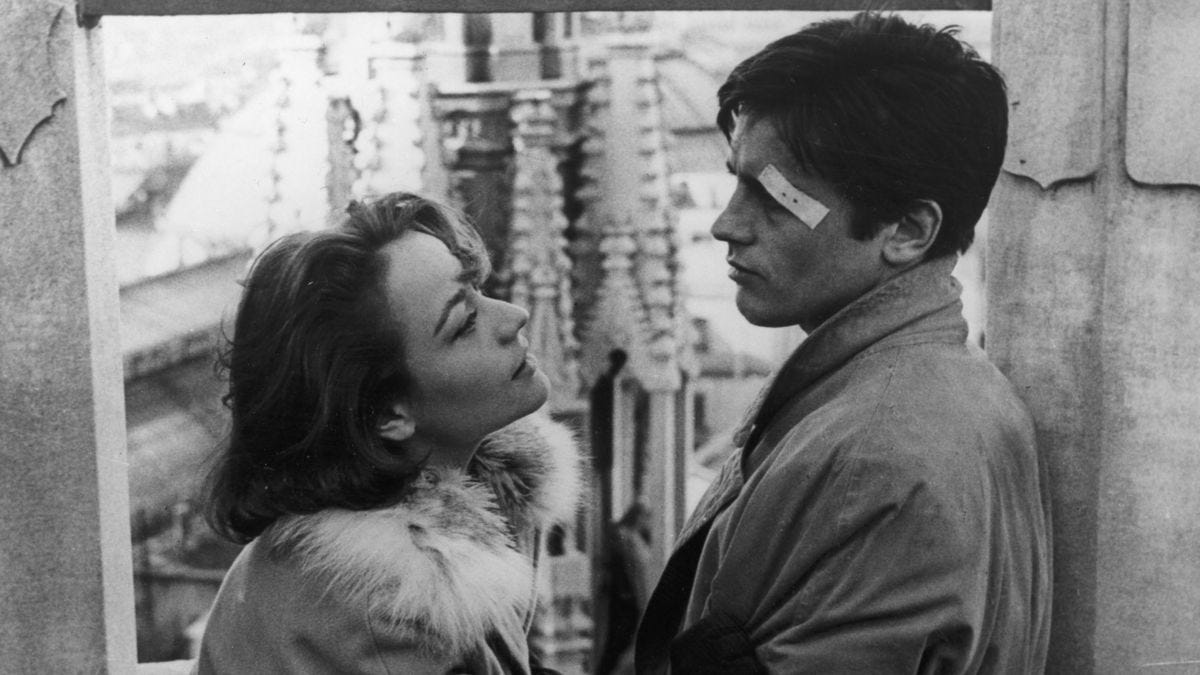
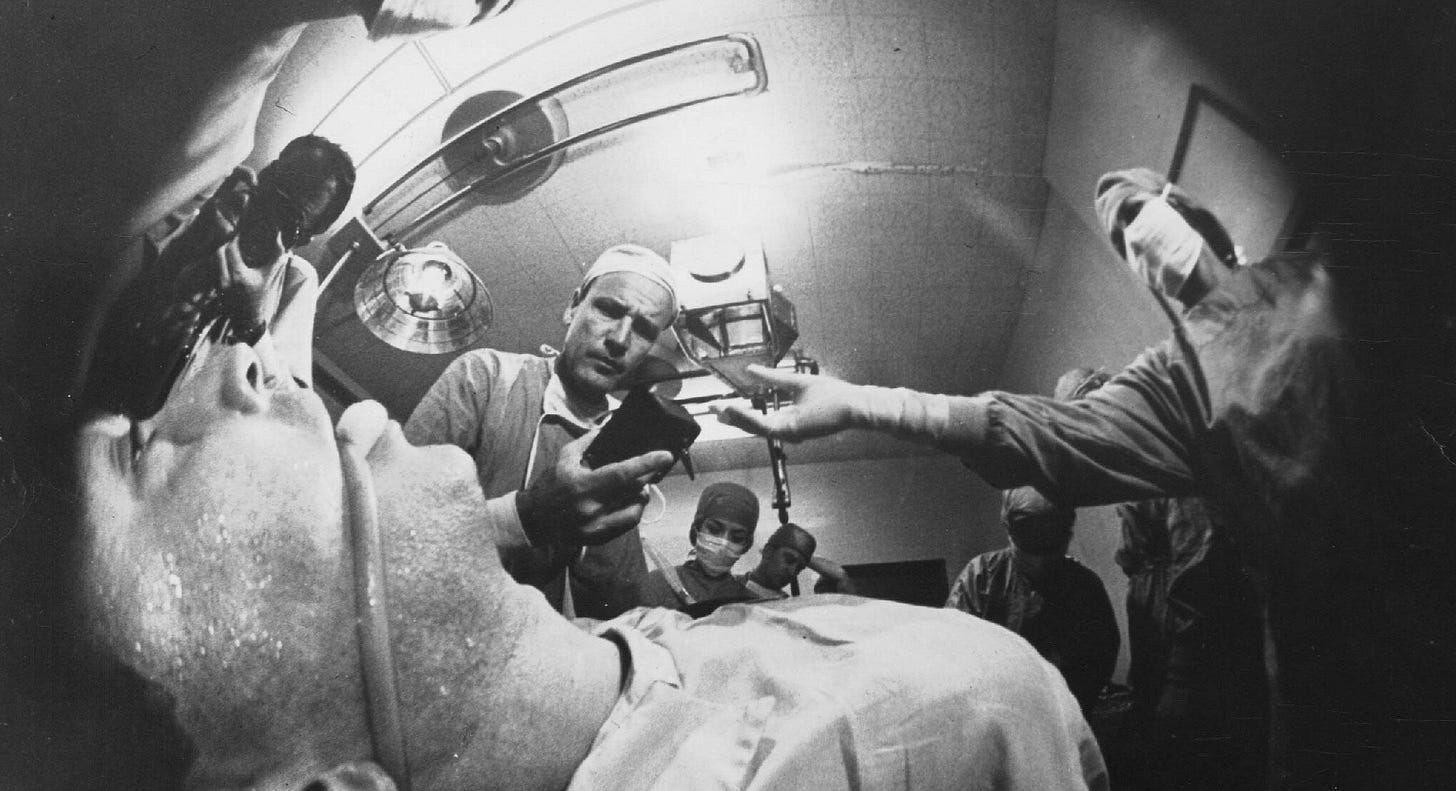
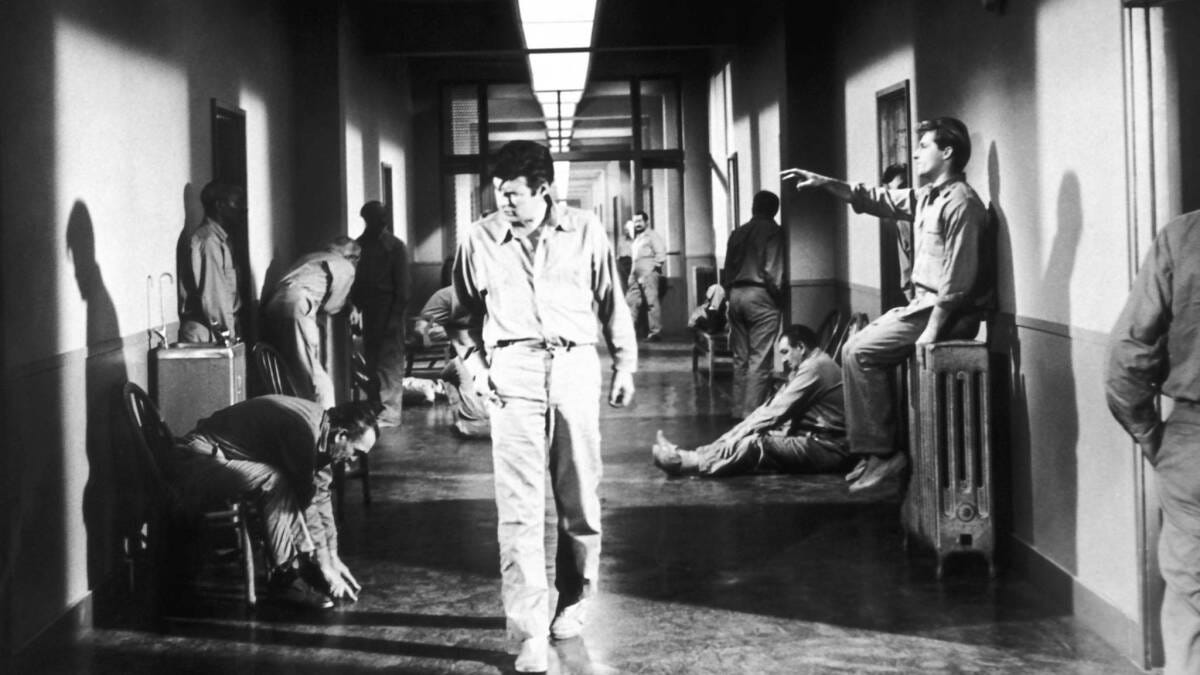
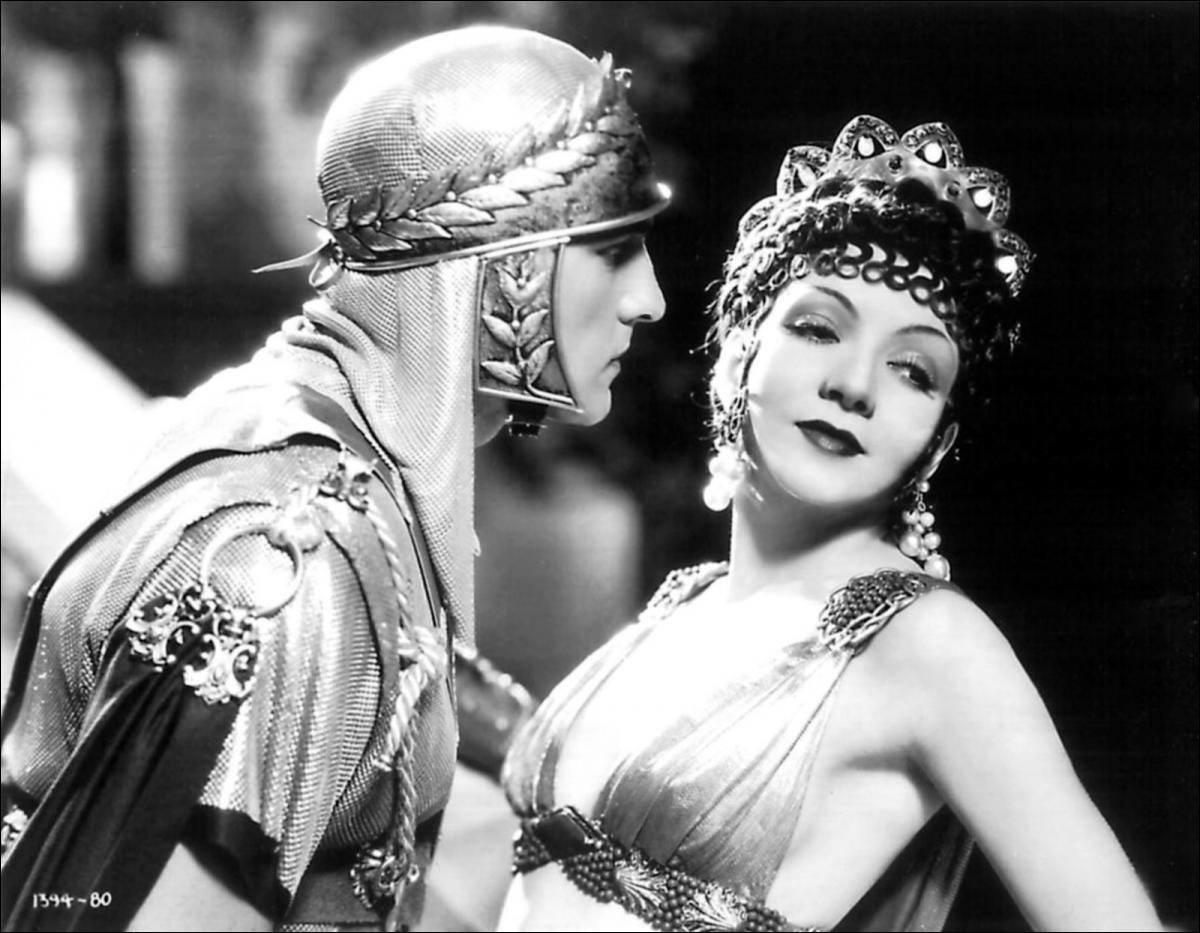
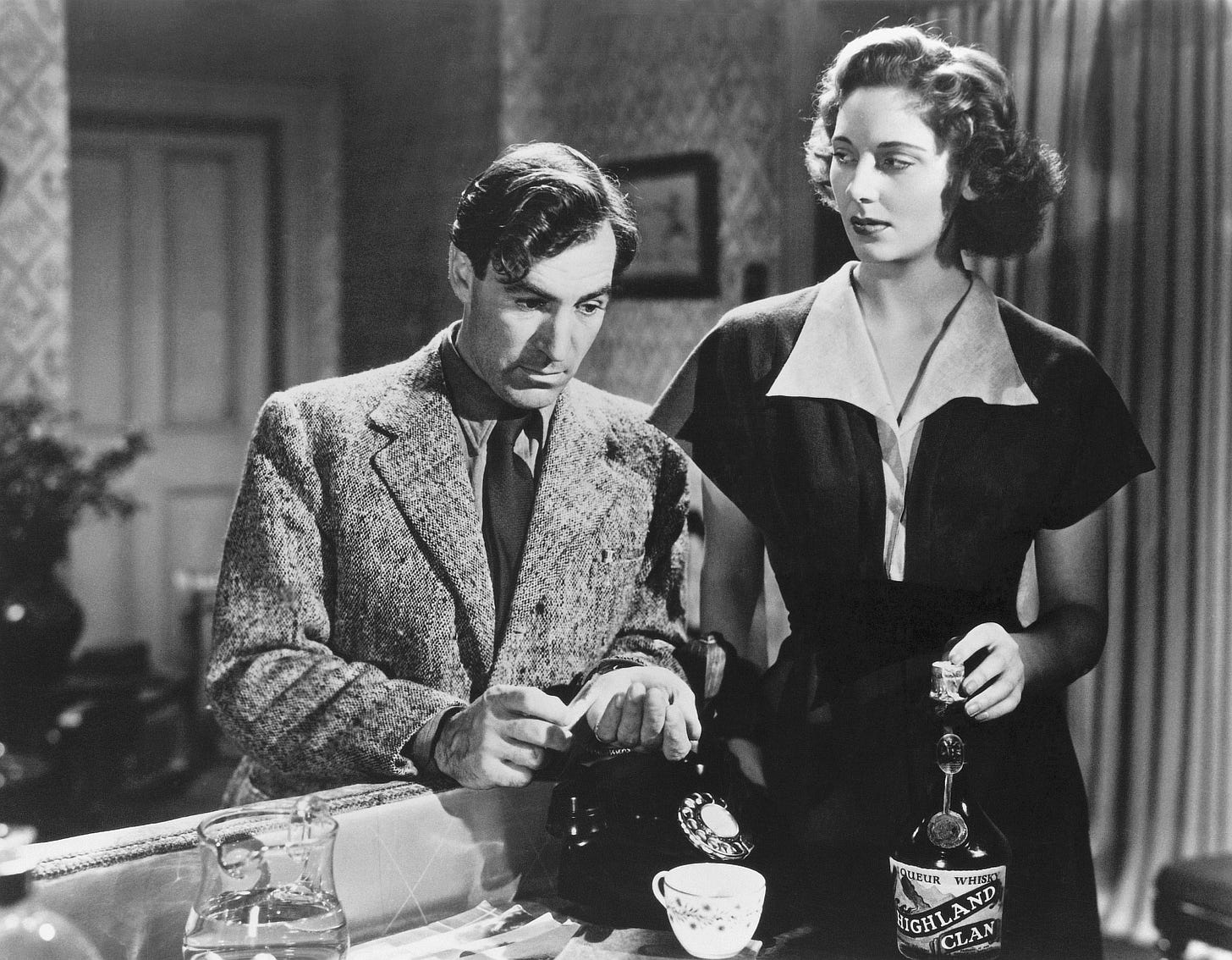
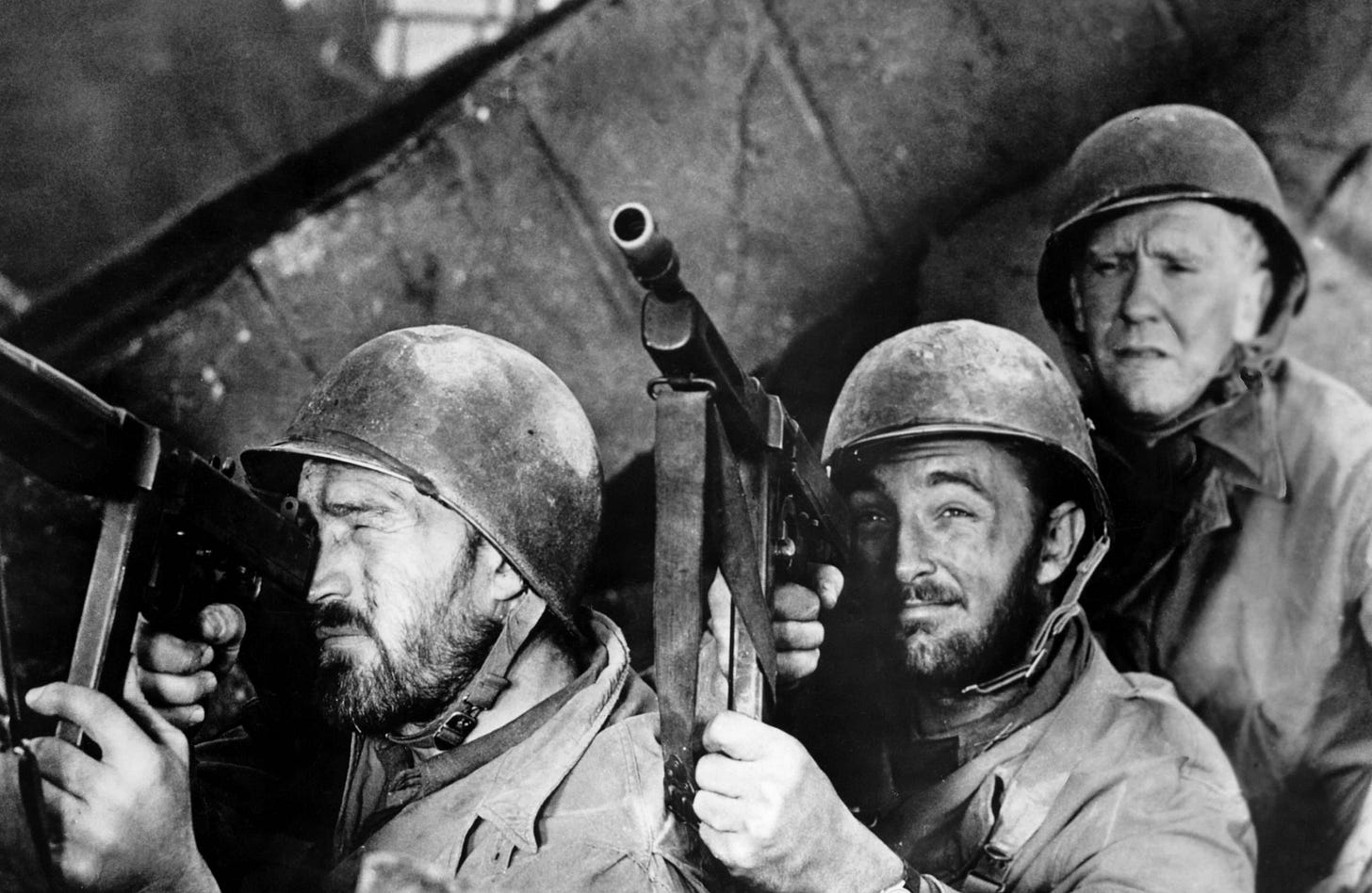

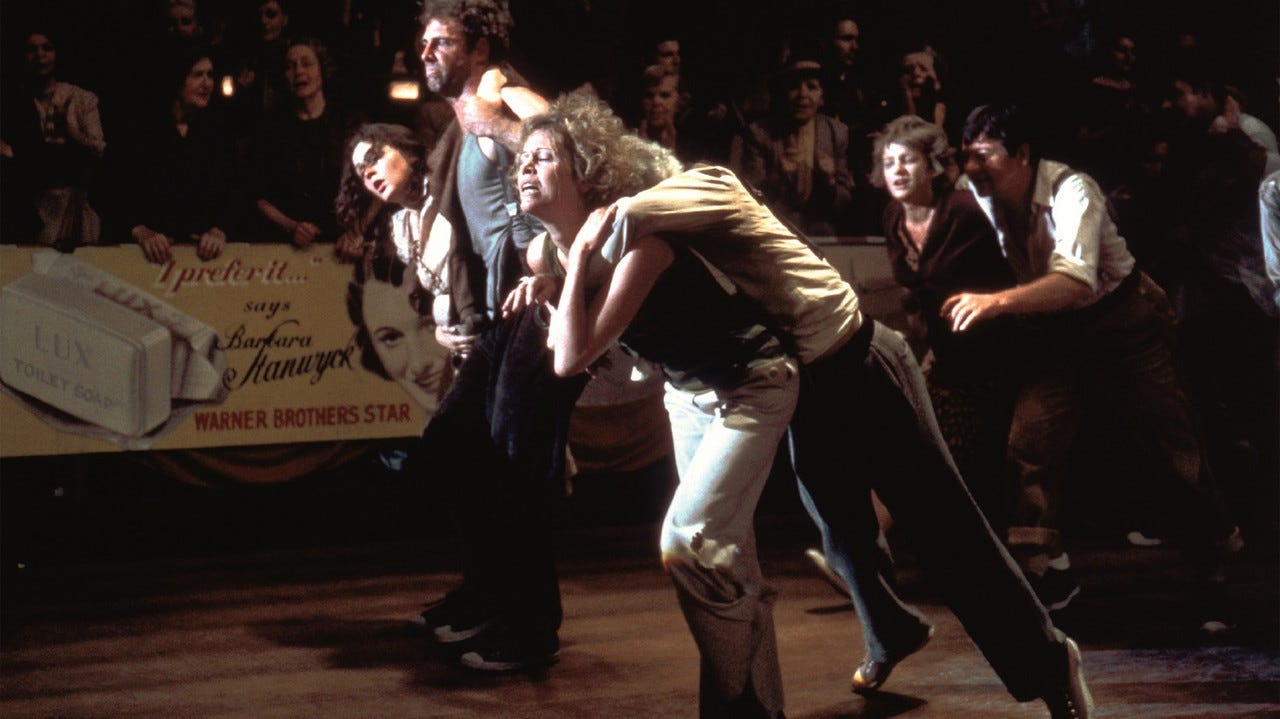
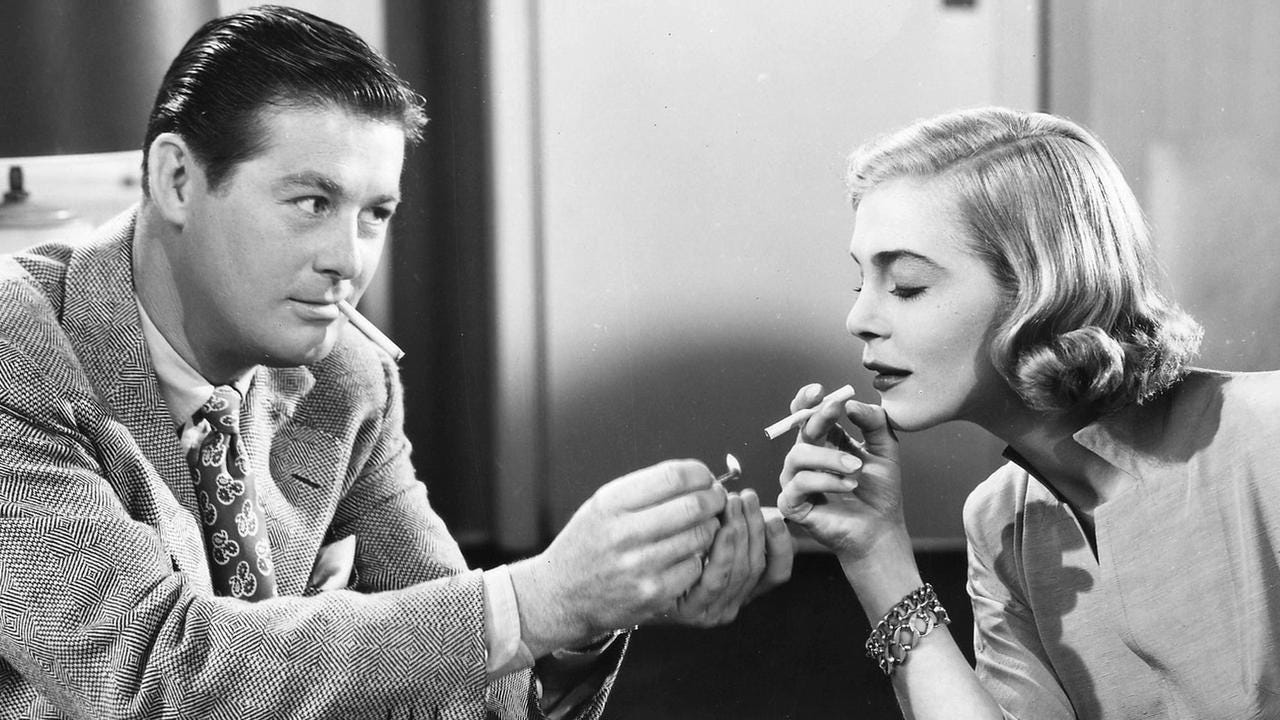
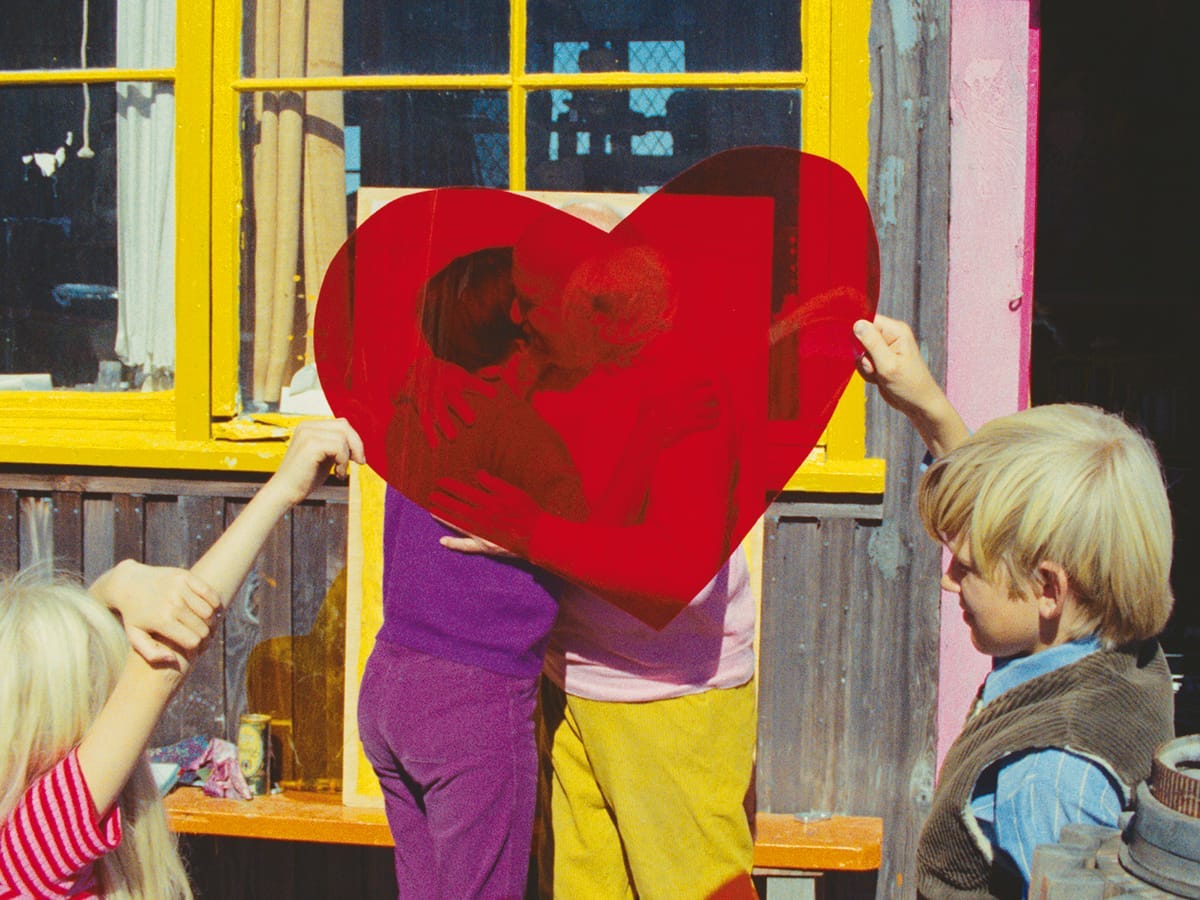
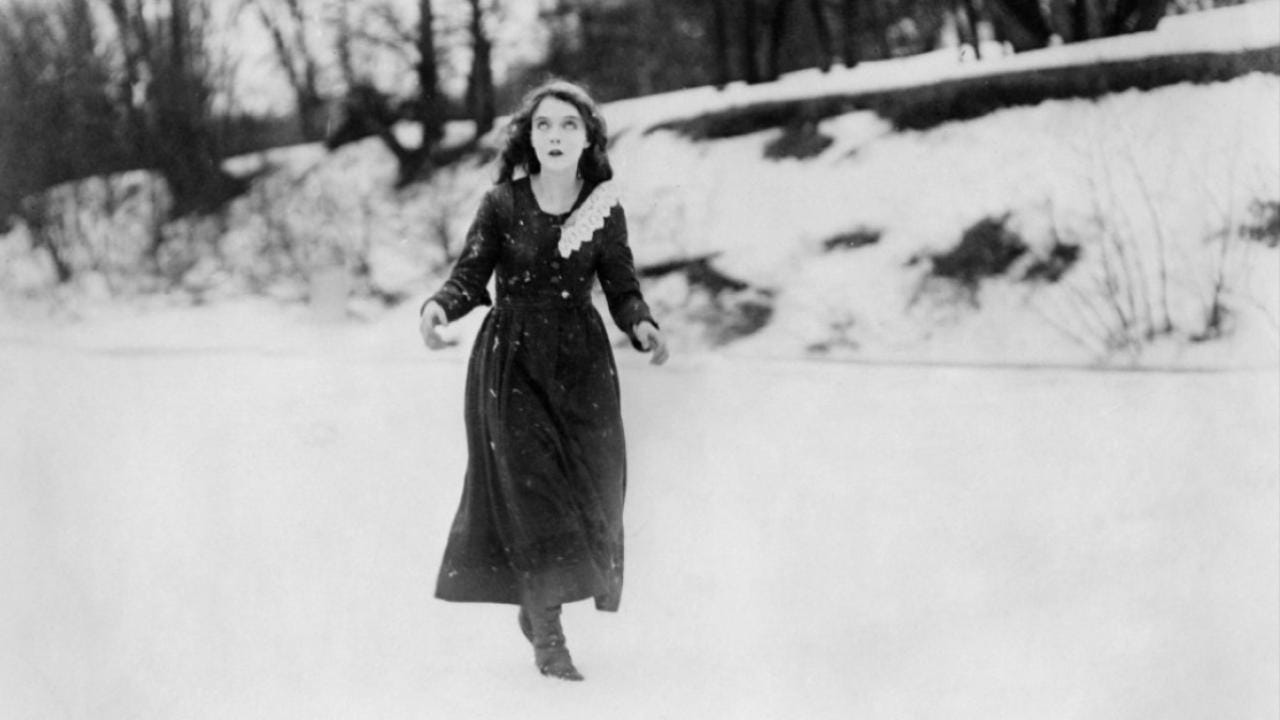
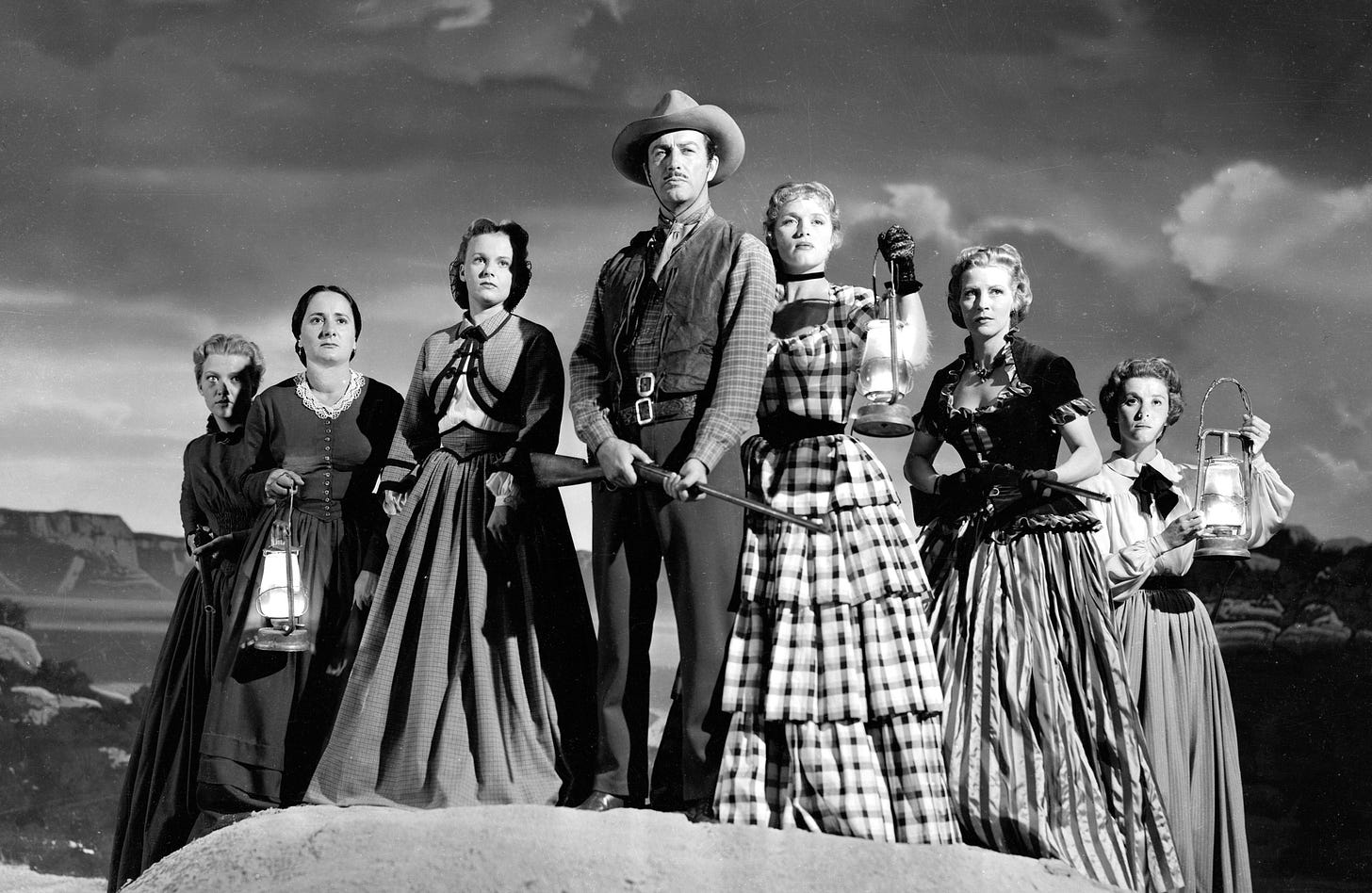
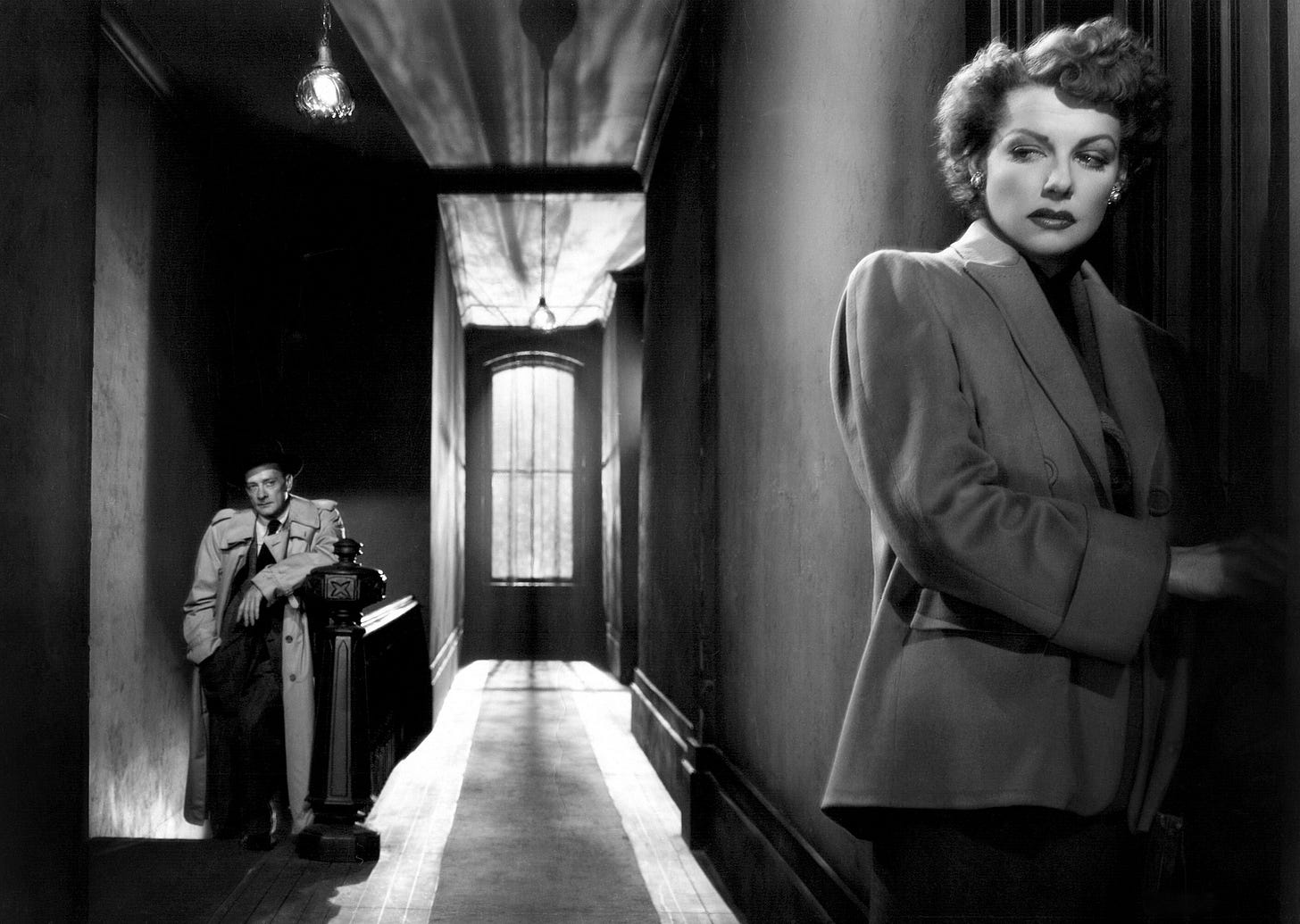

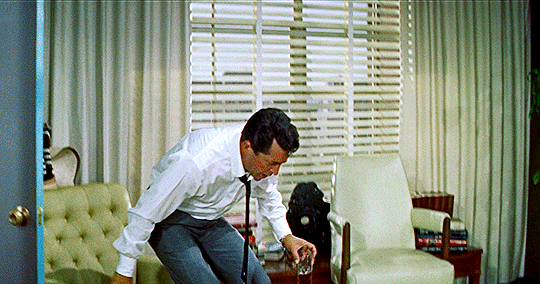
Wow, what a great year you had! Here’s to another great one in 2025!